The best Fitbit 2025: Classic fitness trackers and the latest smartwatches
Find the best Fitbit for you to track your activity and reinforce healthy habits
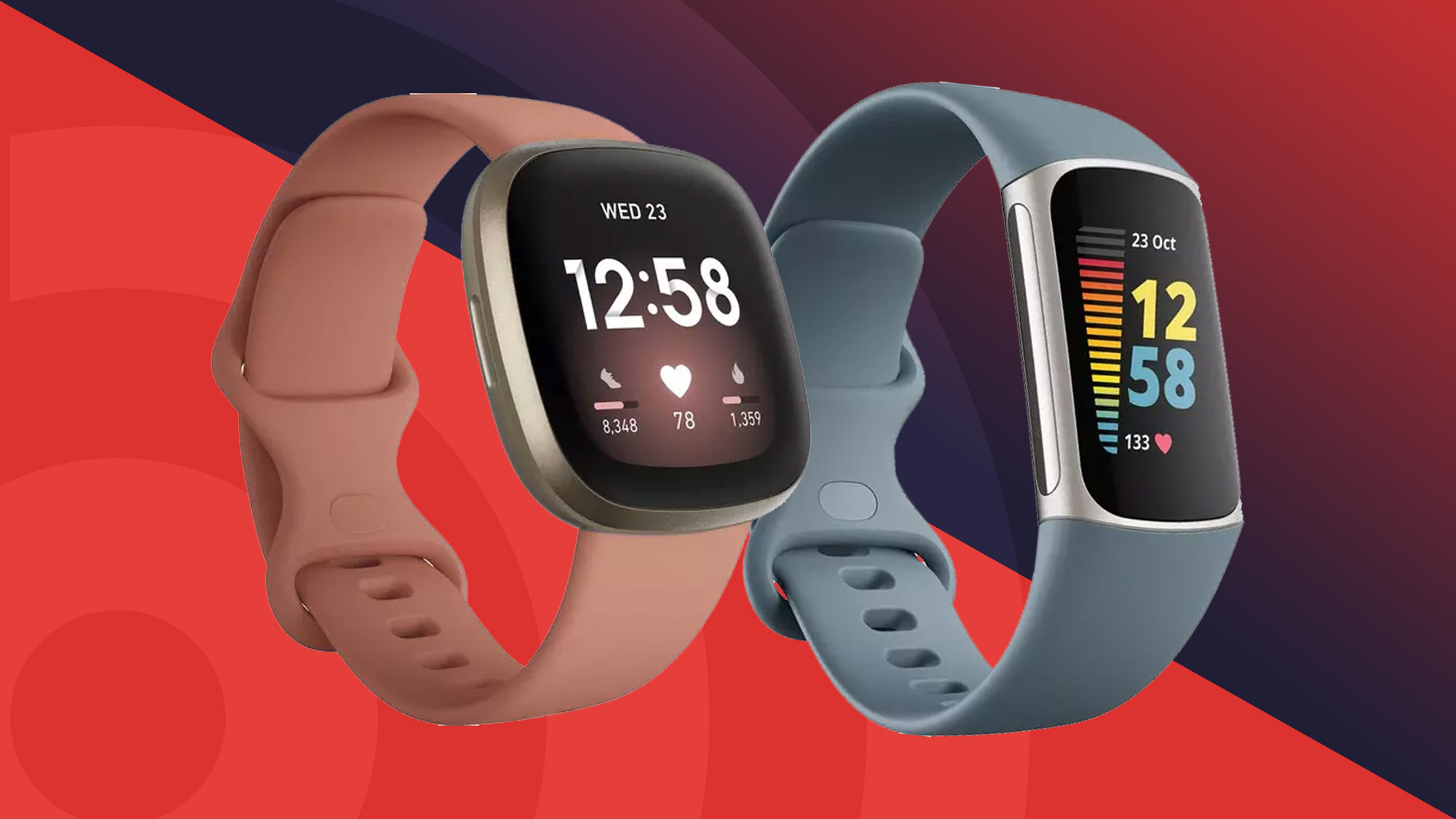
Finding the best Fitbit in 2025 means picking from a range of ageing, but still worthy, contenders. As Google sunsets the Fitbit smartwatch range in favor of its own Pixel Watch, there hasn't been a new Fitbit for some time, and there are unlikely to be any new launches in the future.
As such, you can grab the best Fitbit, the Versa 3, for a pretty handy discount in most places. Fitbit also offers great fitness trackers, and they're excellent for customers on a budget thanks to their low price points.
We've tested every Fitbit on the market extensively, comparing them to each other and all the best smartwatches available today. We drain their batteries, plunge them into swimming pools, and run them ragged in the pursuit of finding the best one.
We rate every model for design, features, performance, and, of course, value, giving each one a score out of five in each category, and overall. We collate that data to bring you our best picks, and you won't find any models here that we haven't reviewed.
So, whether you want a cheap fitness tracker or a more premium Fitbit smartwatch, here are the best Fitbits on the market right now.

Our Fitness Editor Matt Evans has been writing about fitness and health tech online for years, which means he knows what to expect from a good fitness tracker: the information it can provide about your health and activity levels, how that info is presented, and how useful it is during your everyday life.
The quick list
Here you can see a very brief overview of some of the best Fitbits available right now. From smartwatches to slender trackers, cheap to expensive, you'll likely find something you want in here.
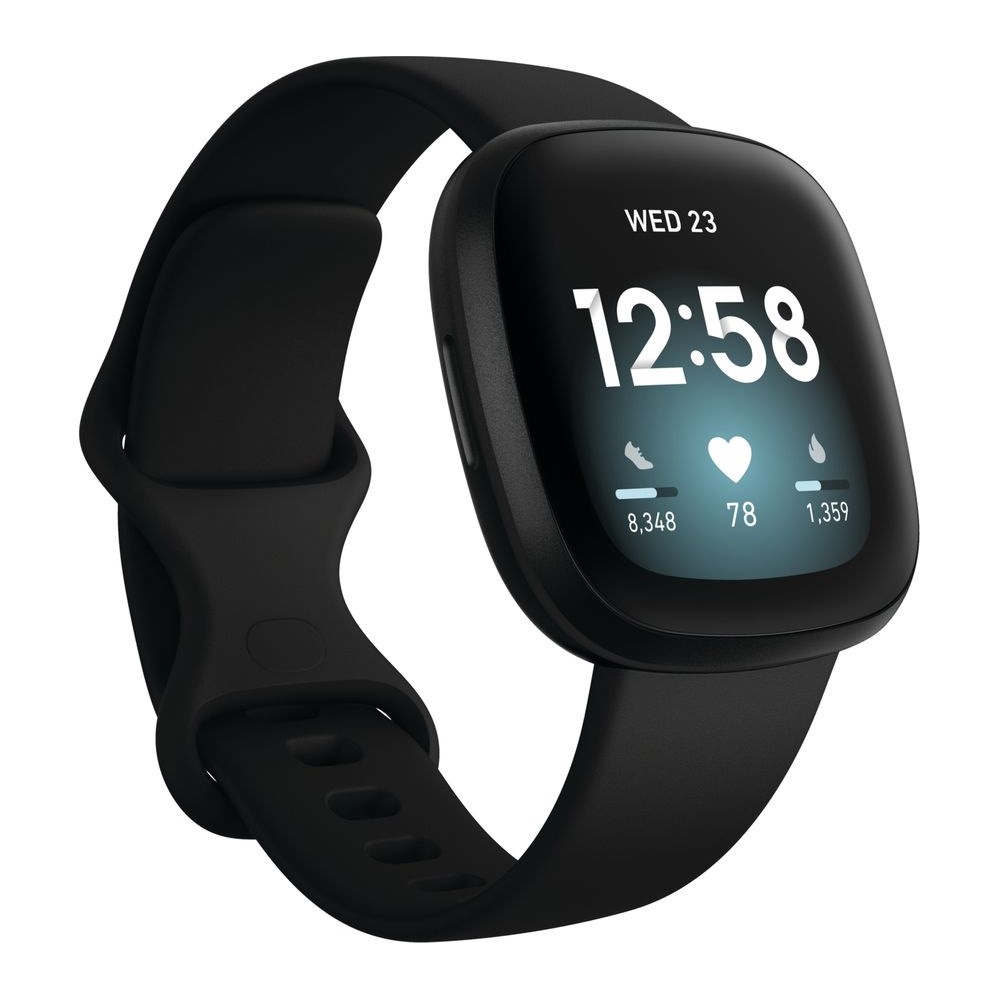
The best Fitbit overall
When it comes to features available, the Versa 3 is probably the best Fitbit for most people. It's can sometimes be found at a discount now, and can provide loads of great metrics.
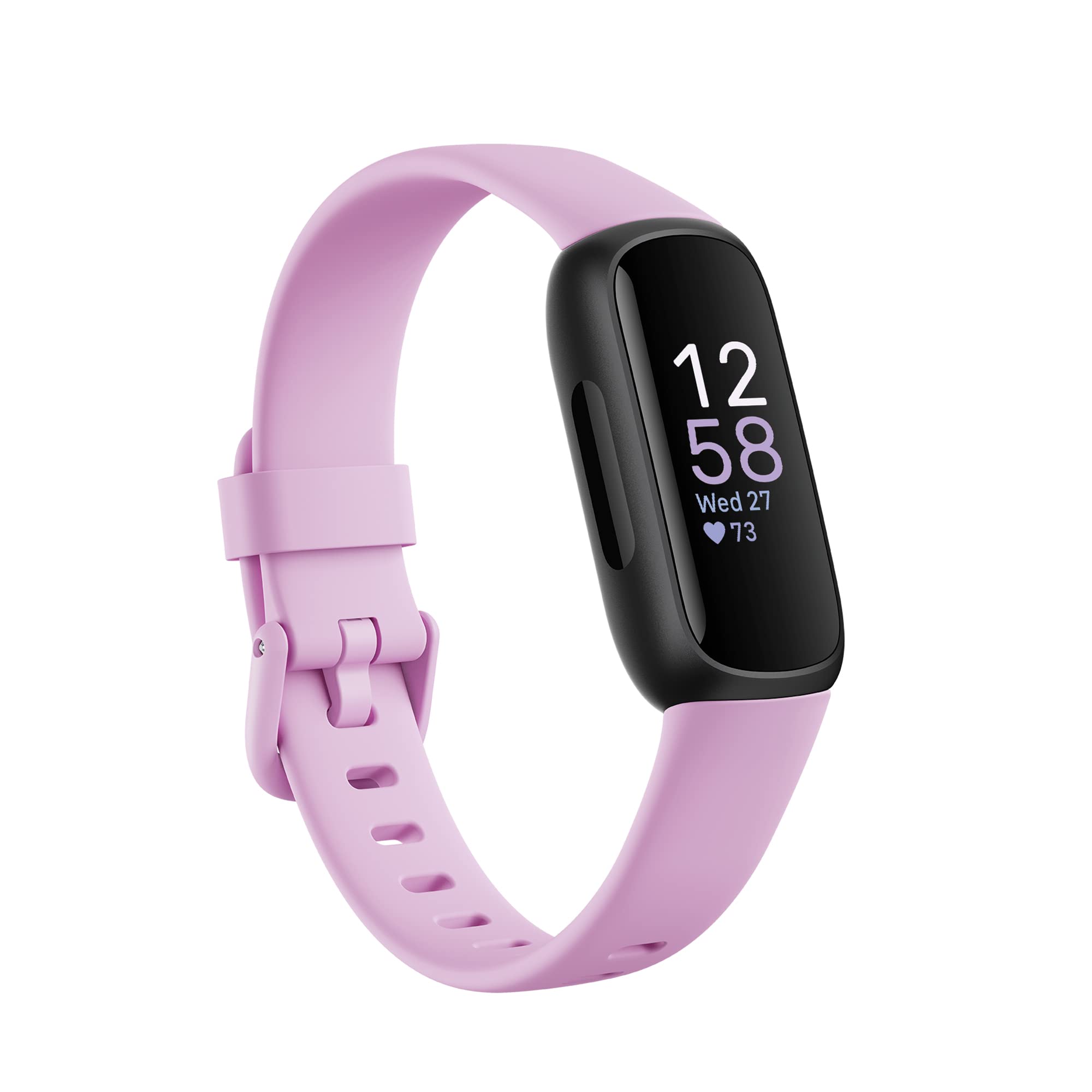
The best budget Fitbit
An affordable, discreet fitness tracker that's great for everyday wear. You can even detach the band and clip the Fitbit onto your clothes like an old-school pedometer.
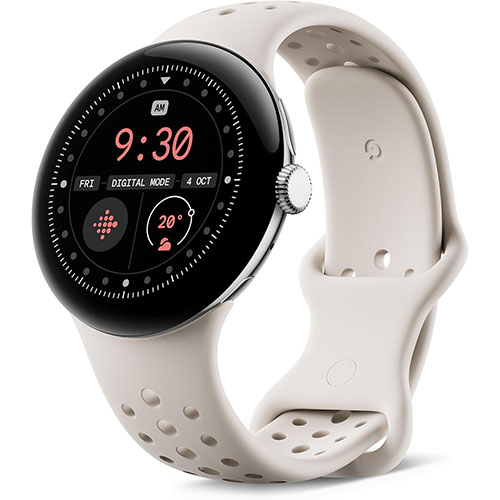
The best premium smartwatch with Fitbit
The Google Pixel Watch 3 is a well-rounded smartwatch. It has a long list of health features, useful wearOS optimizations, and a great design to make it an excellent option for most people.
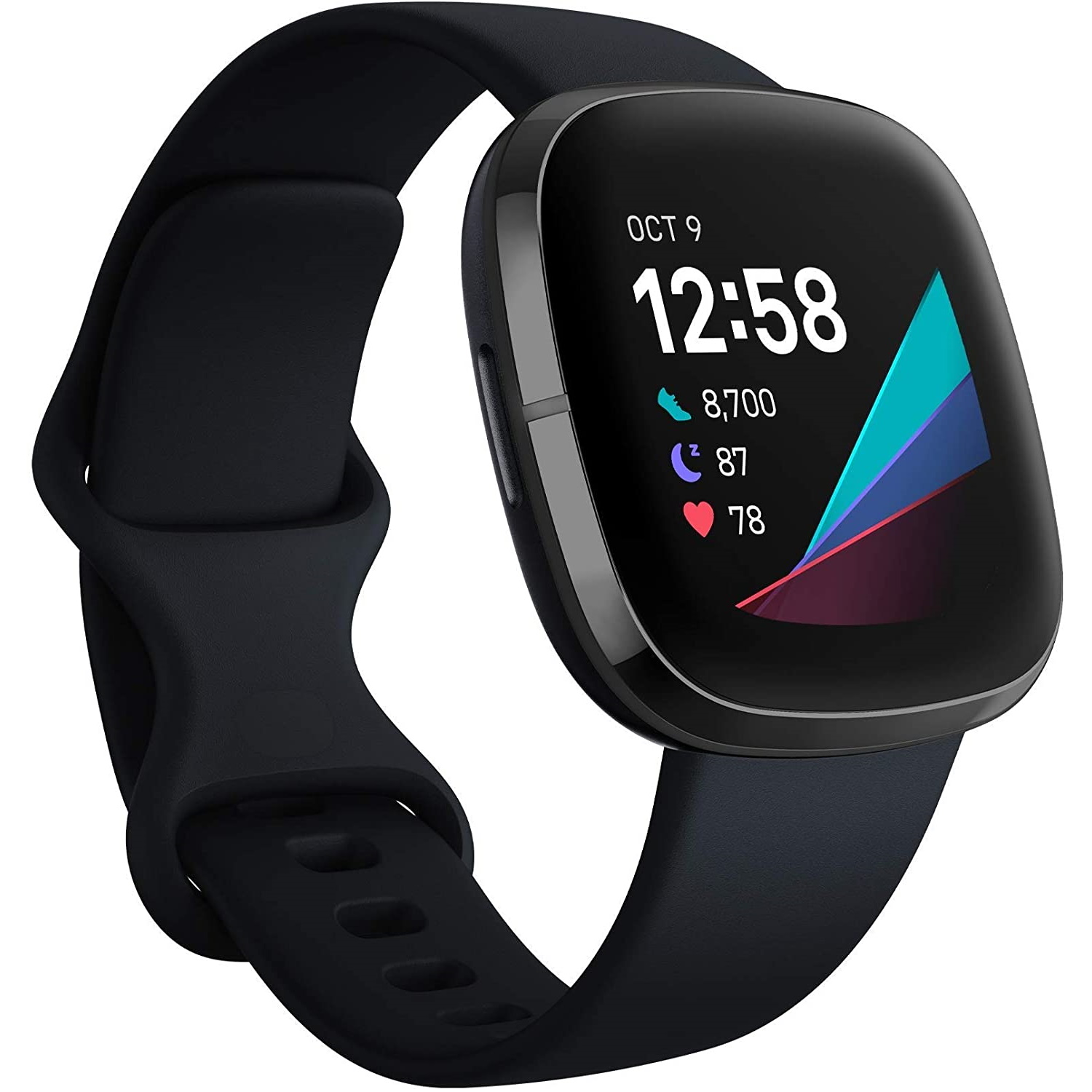
The best Fitbit for sleep tracking
An advanced Fitbit watch that can help monitor your sleep and stress levels with skin temperature and pre-bed mindfulness options.
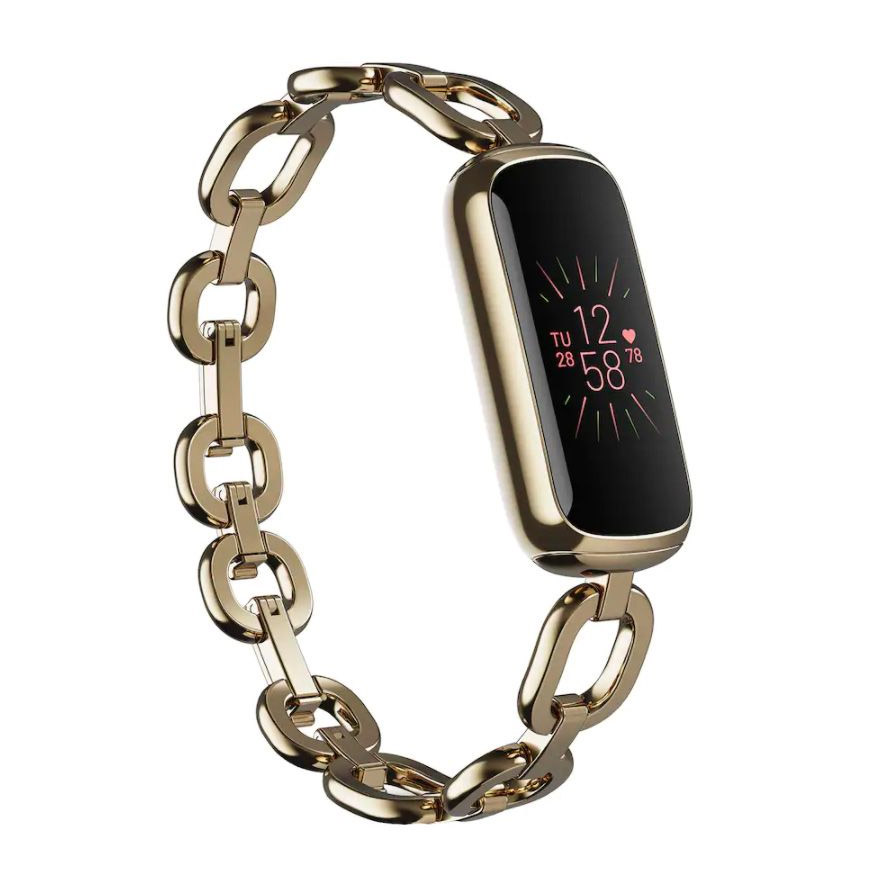
The best Fitbit for style
Striking a fantastic balance between style and substance with strap and bangle options, this is an excellent fitness tracker even without the jewellery options.
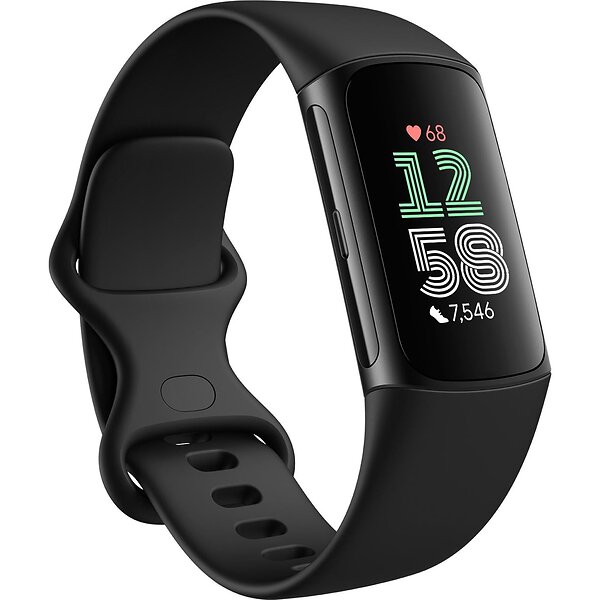
The best Fitbit for sports
The Charge 6's sleek tracker aesthetic, onboard GPS to track runs, rides and swims, excellent heart rate monitoring and EDA sensor makes it great for everyday athletes.
Load the next two products...
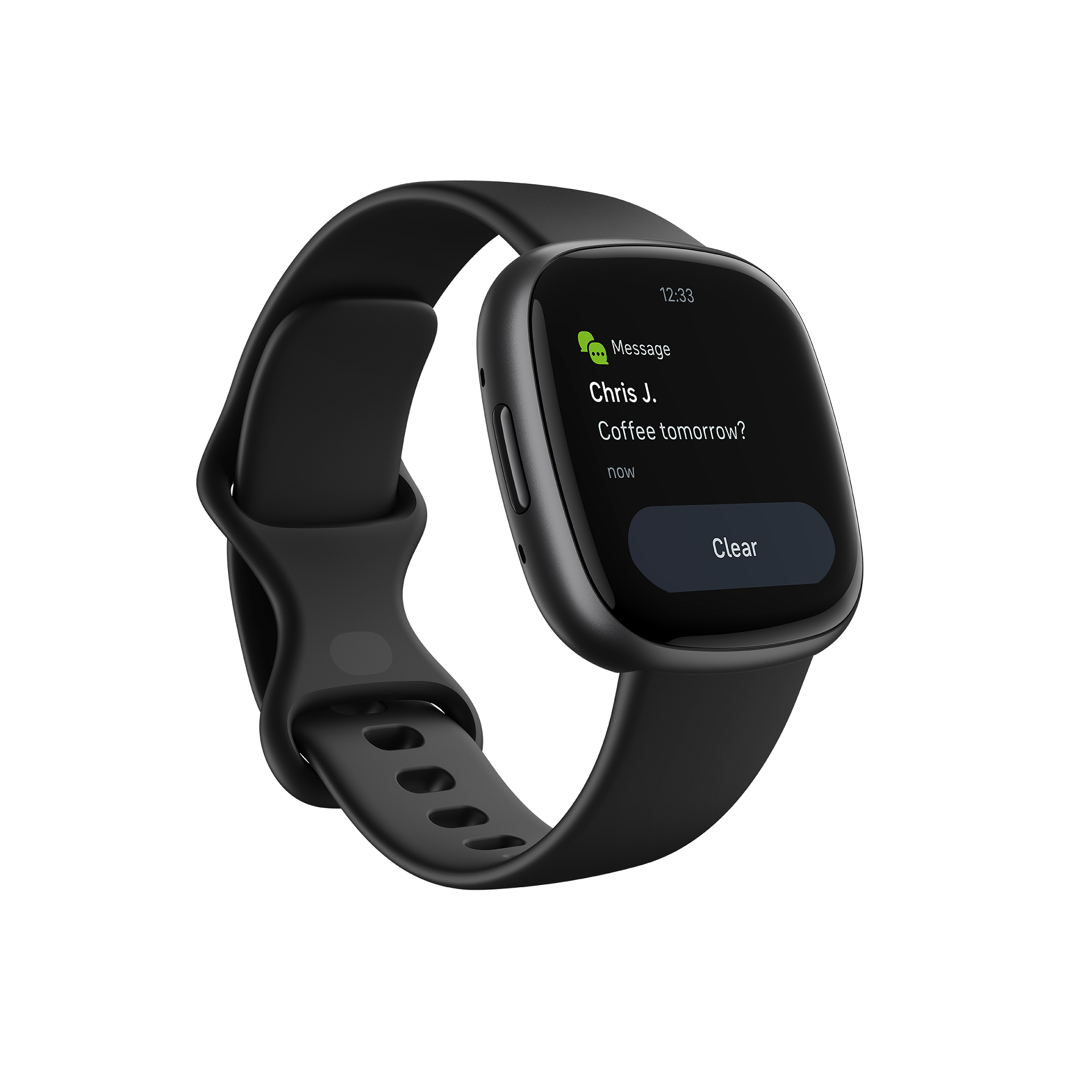
The latest fitness watch
The Fitbit Versa 4 is sleek, light, lasts for seven days and packs over 40 fitness profiles. If you're looking for the latest (but not necessarily the greatest, as it's missing some key community features) Fitbit smartwatch, this is your buy.
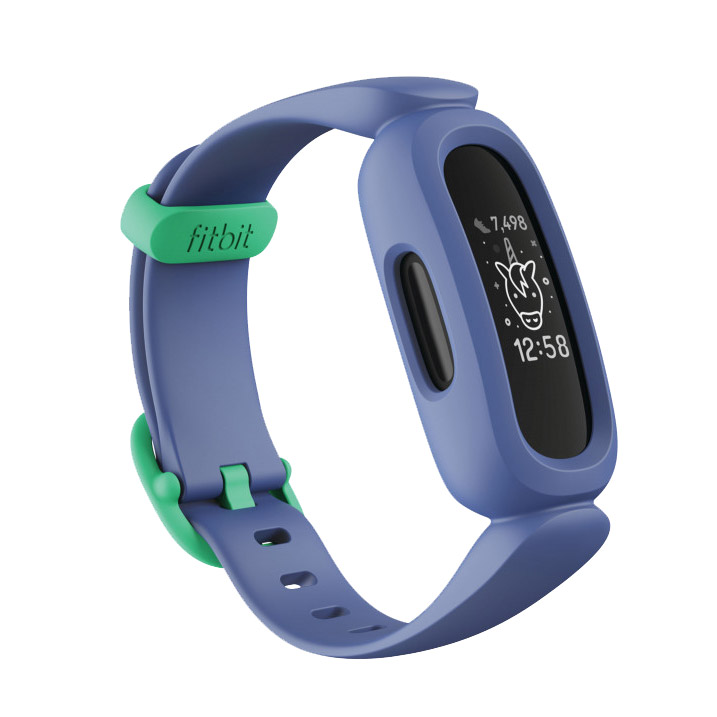
Best Fitbit for kids
The Fitbit Ace 3 is a basic, durable fitness tracker that comes in a variety of bright colors (there's even a Minions-themed one!) and is perfect for active kids. It's missing some key features, but it's a great buy for youngsters.
Best Fitbit overall
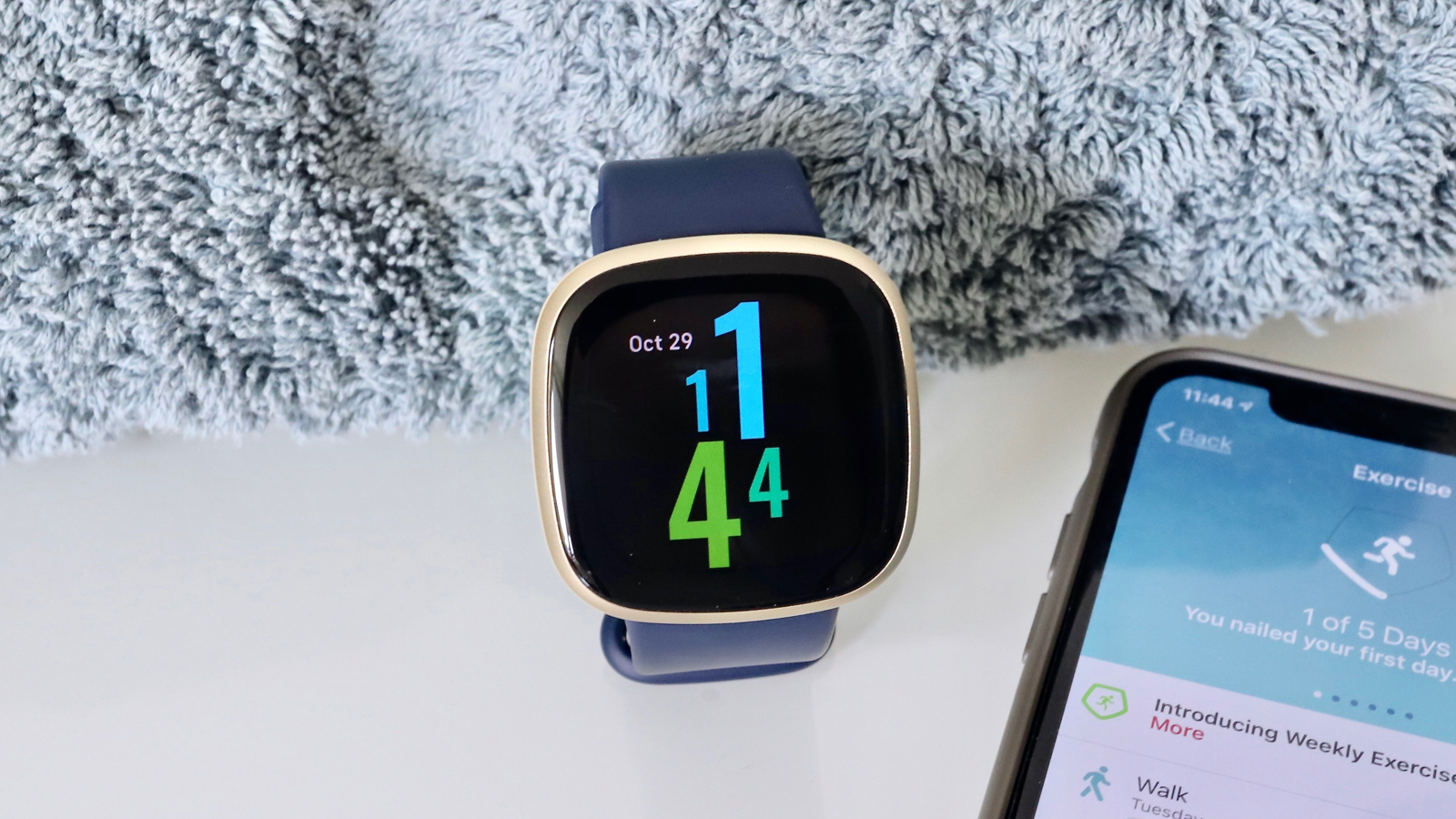
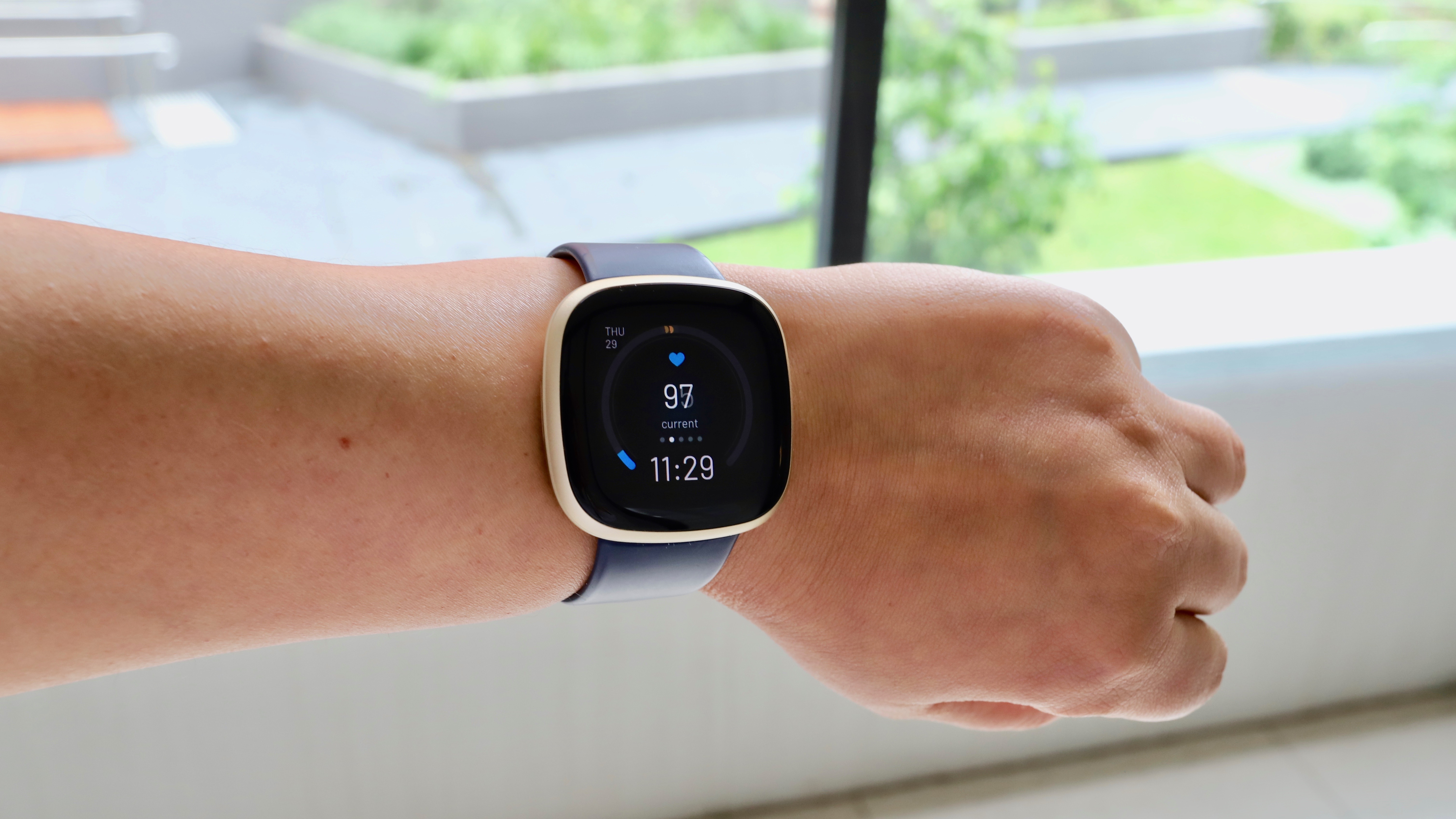
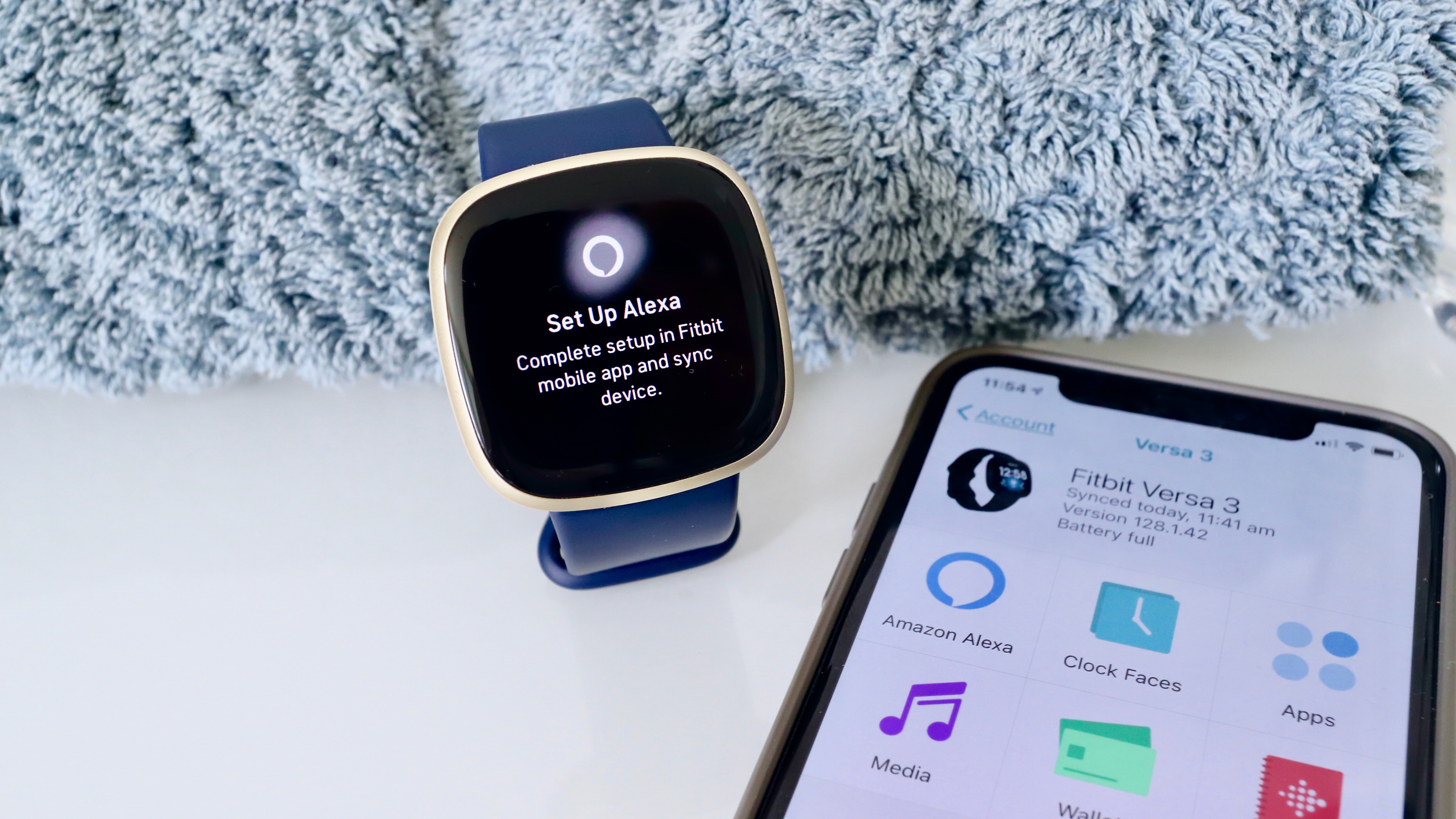
Specifications
Reasons to buy
Reasons to avoid
The Fitbit Versa 3 is a great-looking and great-performing smartwatch, and even though the Versa 4 and Sense 2 have hit the shelves, this remains the smartwatch to buy thanks to some fan-favorite features not present in the newer versions, and its lower price.
It can give you handy smartphone notifications, make contactless payments, control your music, monitor your blood oxygen saturation, track your sleep, and guide you through breathing exercises when the pressure gets too much. It also tracks dozens of workout types, with GPS for outdoor cardio sessions, and in our tests, it stood up well against dedicated sports watches.
Voice commands are supported, too, with Amazon Alexa and Google Assistant integration, and you can download additional third-party apps through the Fitbit App Gallery. We found that the Fitbit Versa 3 will need charging more often than some other watches in this list, but if you don't mind clipping on its charger every six days or so, it's easy to recommend.
It's all capped off with a 1.58" AMOLED display, which is exceptionally bright and clear, making it easy to read notifications and check your workout stats at a glance. We're not fans of the touch-sensitive 'button' on the side of the case, which can be tricky to tap, but it's a relatively minor issue.
Read our full Fitbit Versa 3 review
Best budget Fitbit
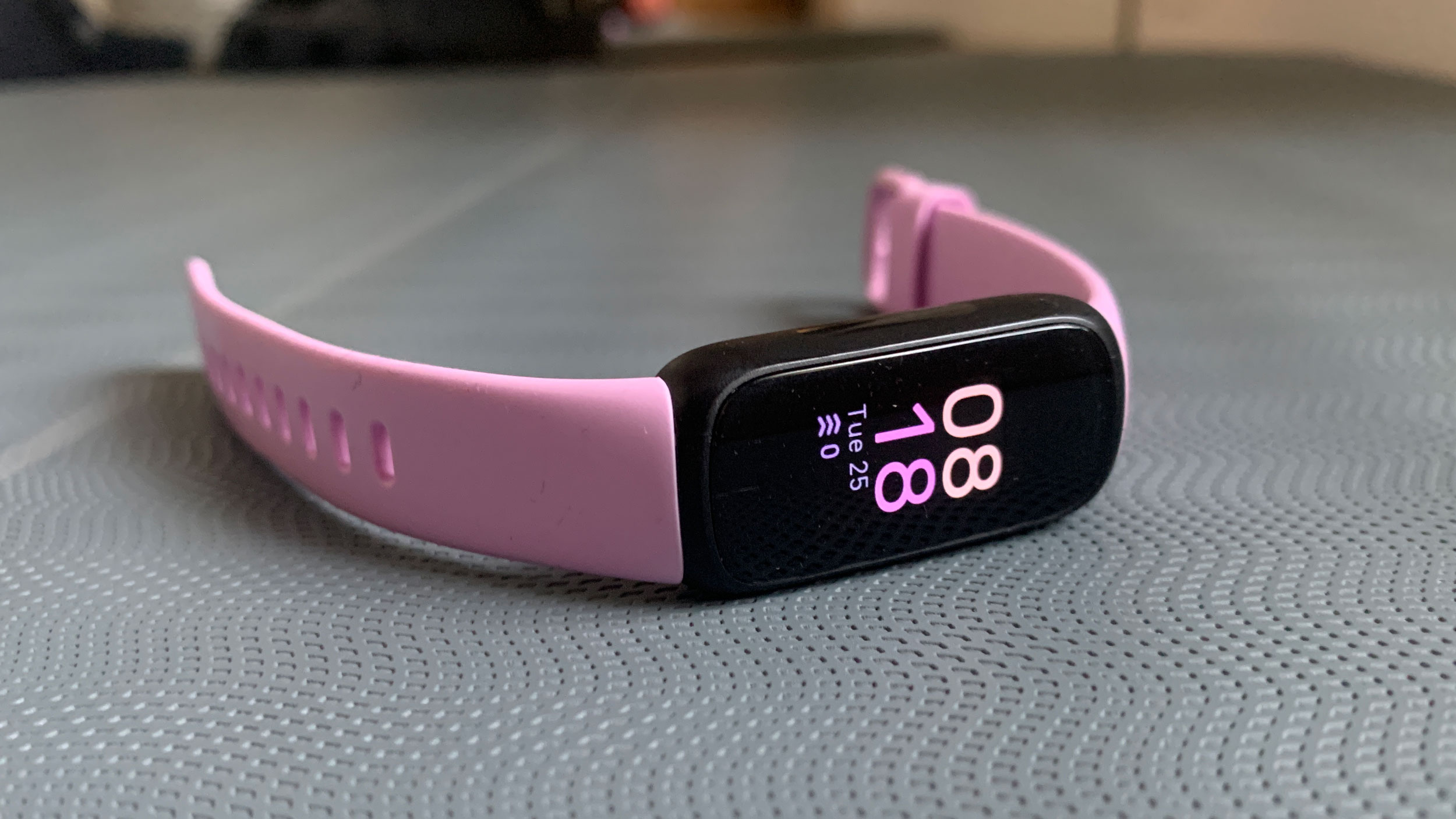
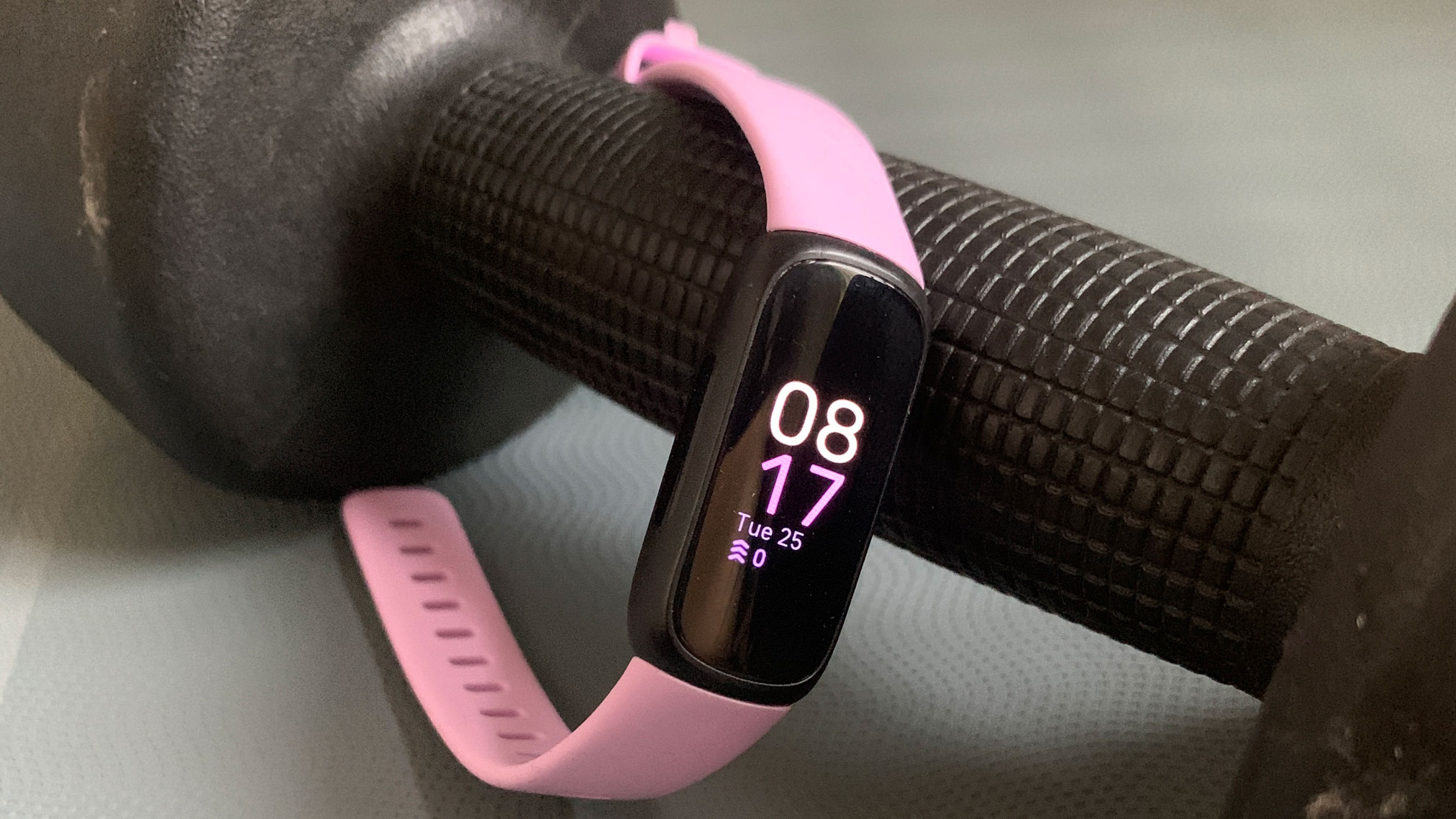
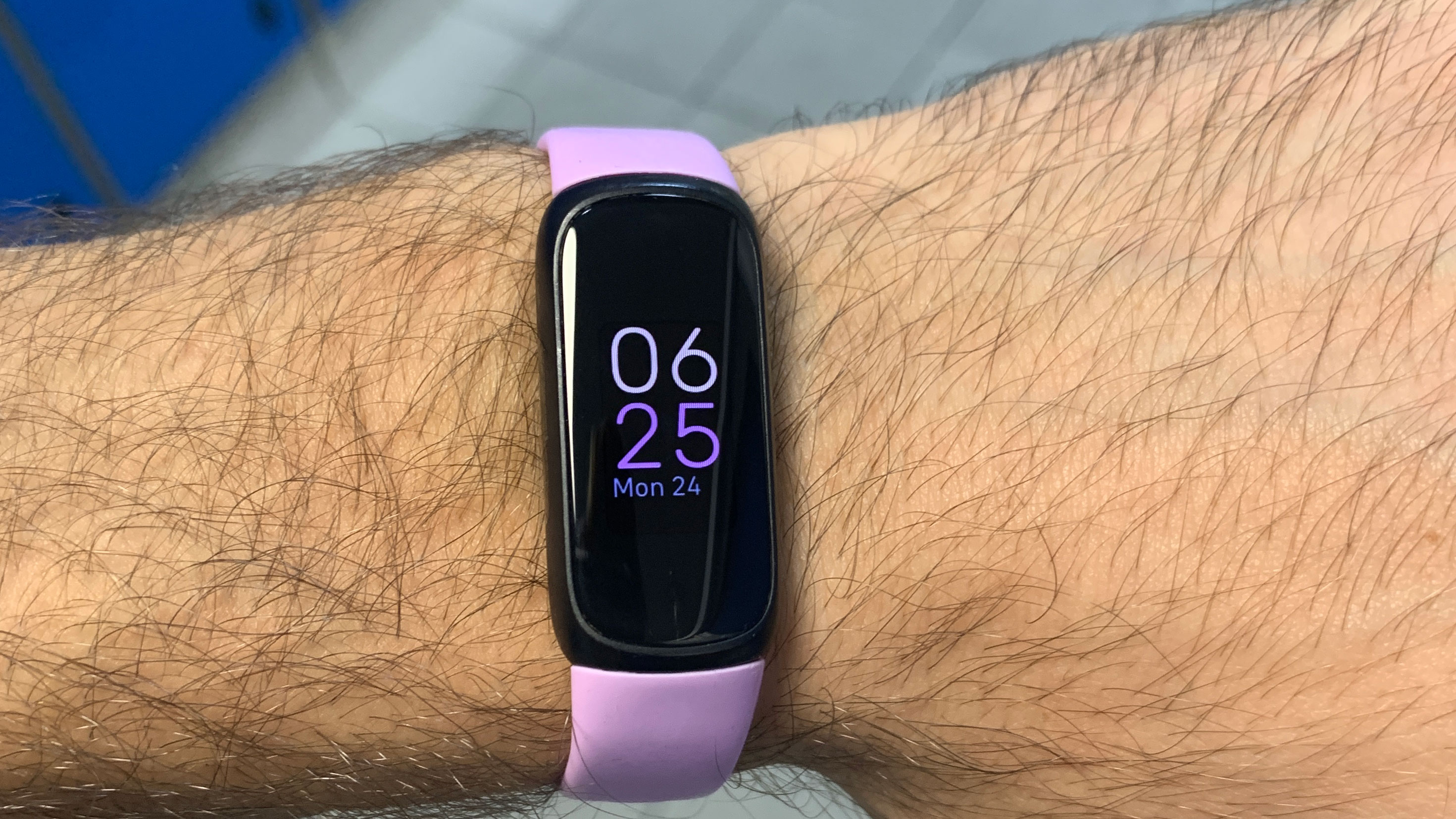
Specifications
Reasons to buy
Reasons to avoid
The Fitbit Inspire 3 has a revamped design featuring a wider and longer main unit and a better-fitting silicone band. And while it features a color AMOLED display – a first for the Inspire range – our testing found that it boasts the same impressive battery life; even if you're using the always-on display, the tracker will last for around 10 days.
We loved its impressive suite of health-tracking features, including 24/7 heart rate monitoring and sleep tracking, which are combined to provide an analysis of your Daily Readiness and Stress Management. It'll also remind you to get up and walk around for a bit if you haven't done so in a while, and if you're having a stressful day, you can also try and relax with the 2-minute guided breathing feature.
We also loved its new Sp02 monitoring, which tracks oxygen levels in your blood and can alert you if it drops below a certain threshold, such as 90%, potentially a warning sign of hypoxia, and can aid in sleep and recovery tracking. Most full fitness smartwatches carry this sensor, so it's nice to see it finally make its way to the slender Inspire range.
Read our full Fitbit Inspire 3 review
Best premium fitbit
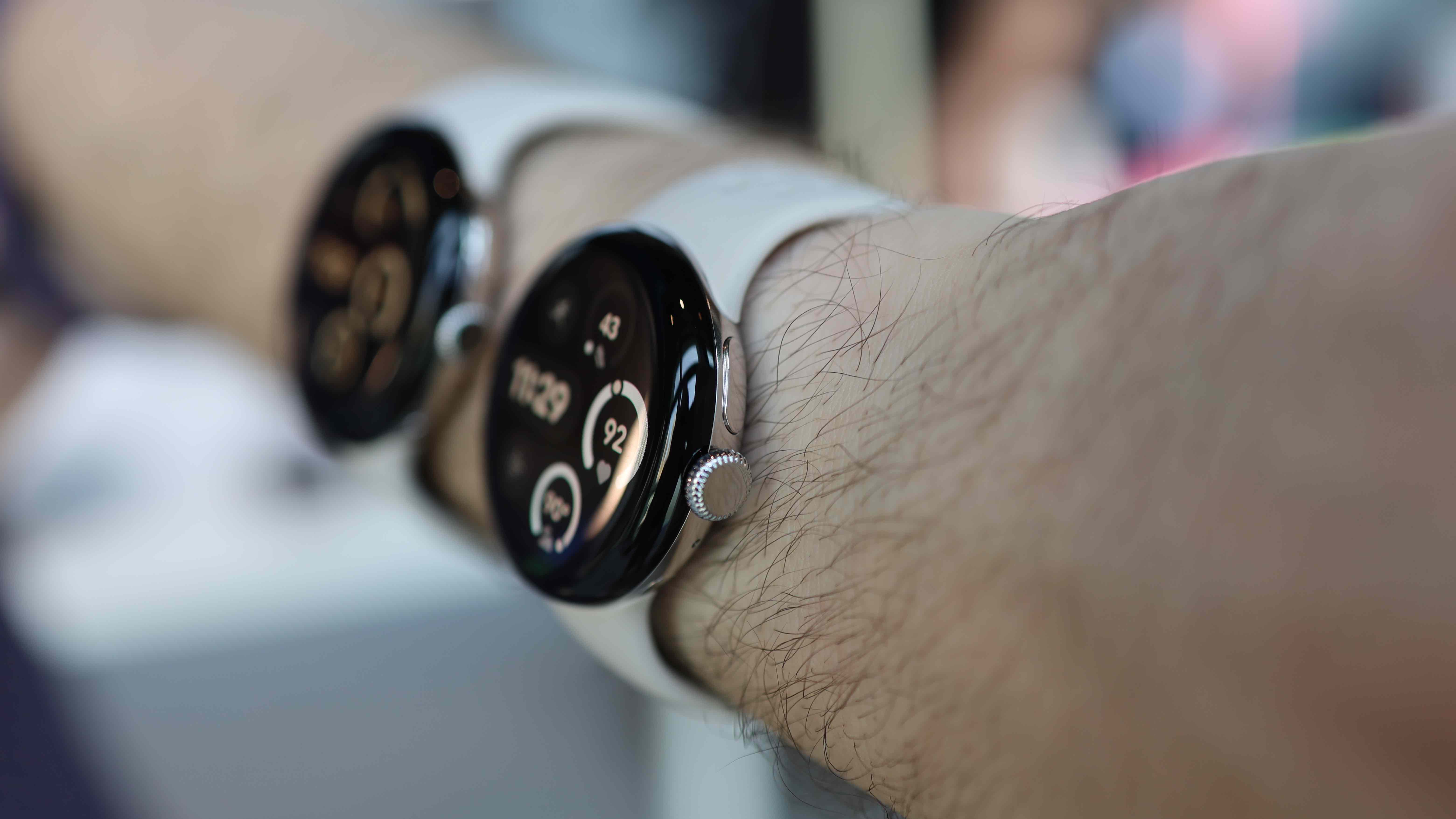
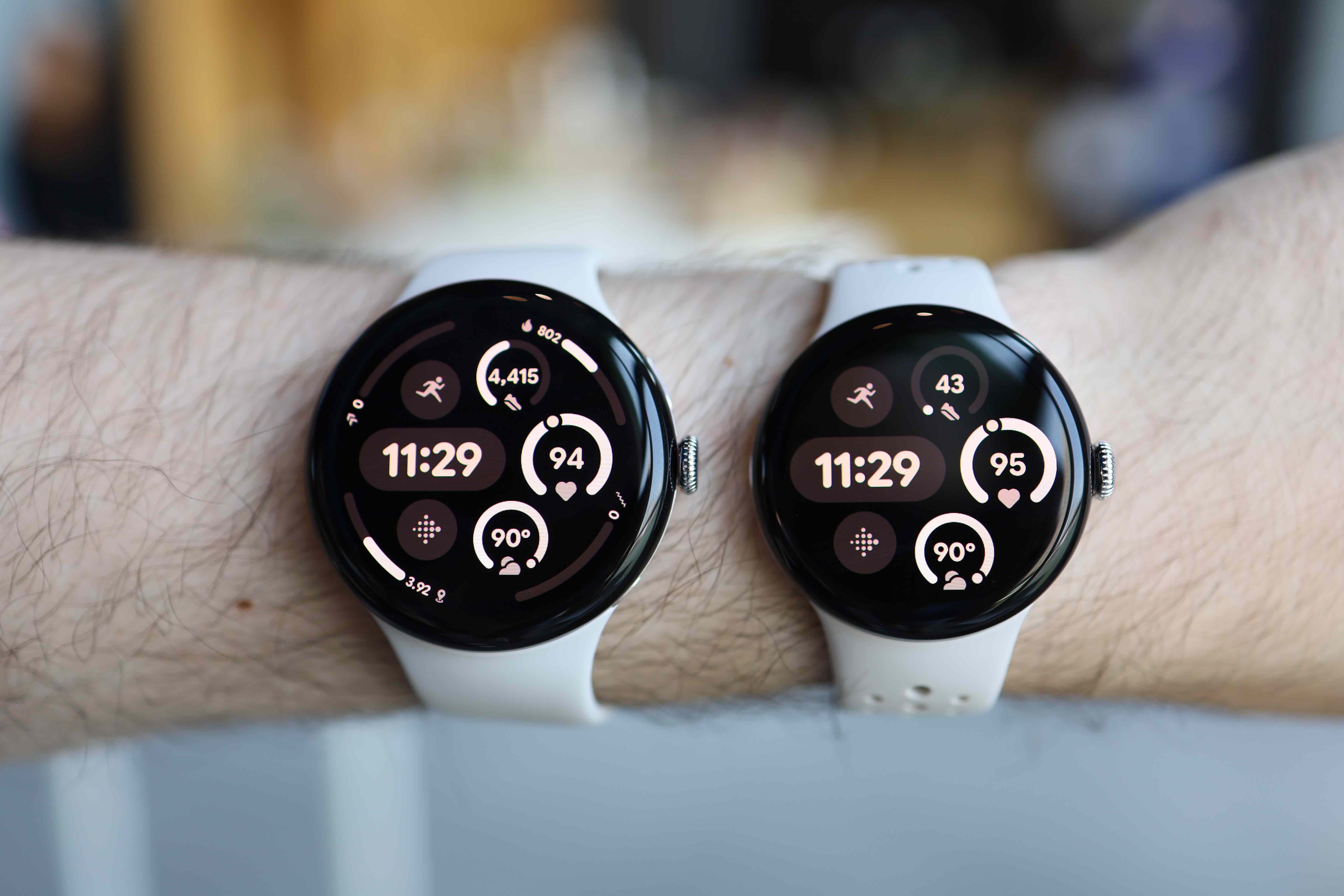
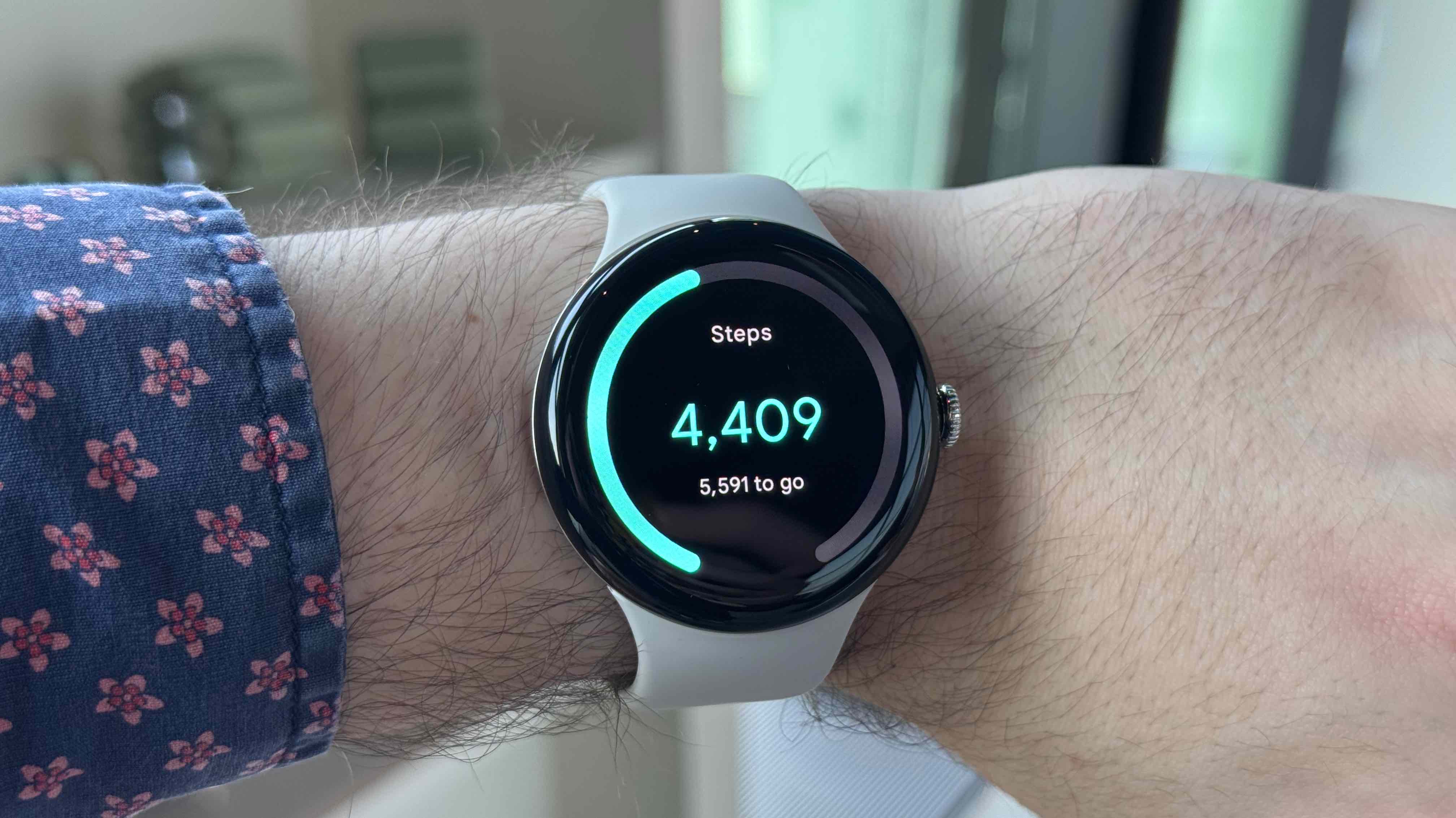
Specifications
Reasons to buy
Reasons to avoid
The Pixel Watch 3 is a sleek and stylish smartwatch that offers a premium experience for Android users. Its polished pebble design and comfortable fit make it a pleasure to wear, and in our testing we found that the larger display allows for a more immersive experience.
Powered by a snappy processor, the Pixel Watch 3 handles tasks with ease, from tracking workouts to running apps. While the battery life is decent, users may notice that the smaller model runs out a bit faster than the larger one. However, overall, the performance was impressive during our testing.
One of the standout features of the Pixel Watch 3 is its integration with Fitbit. This allows users to take advantage of a wide range of health and fitness tracking features, including heart rate monitoring, sleep tracking, and more. Its impressive array of Fitbit-powered health features is one of the reasons it scored so highly in our review.
Overall, in our review, we found that the Pixel Watch 3 is a well-rounded smartwatch that offers a combination of style, functionality, and performance. Its sleek design, impressive features, and seamless integration with Fitbit make it a compelling choice for Android users seeking a premium wearable.
Read our full Pixel Watch 3 review
Best for sleep tracking
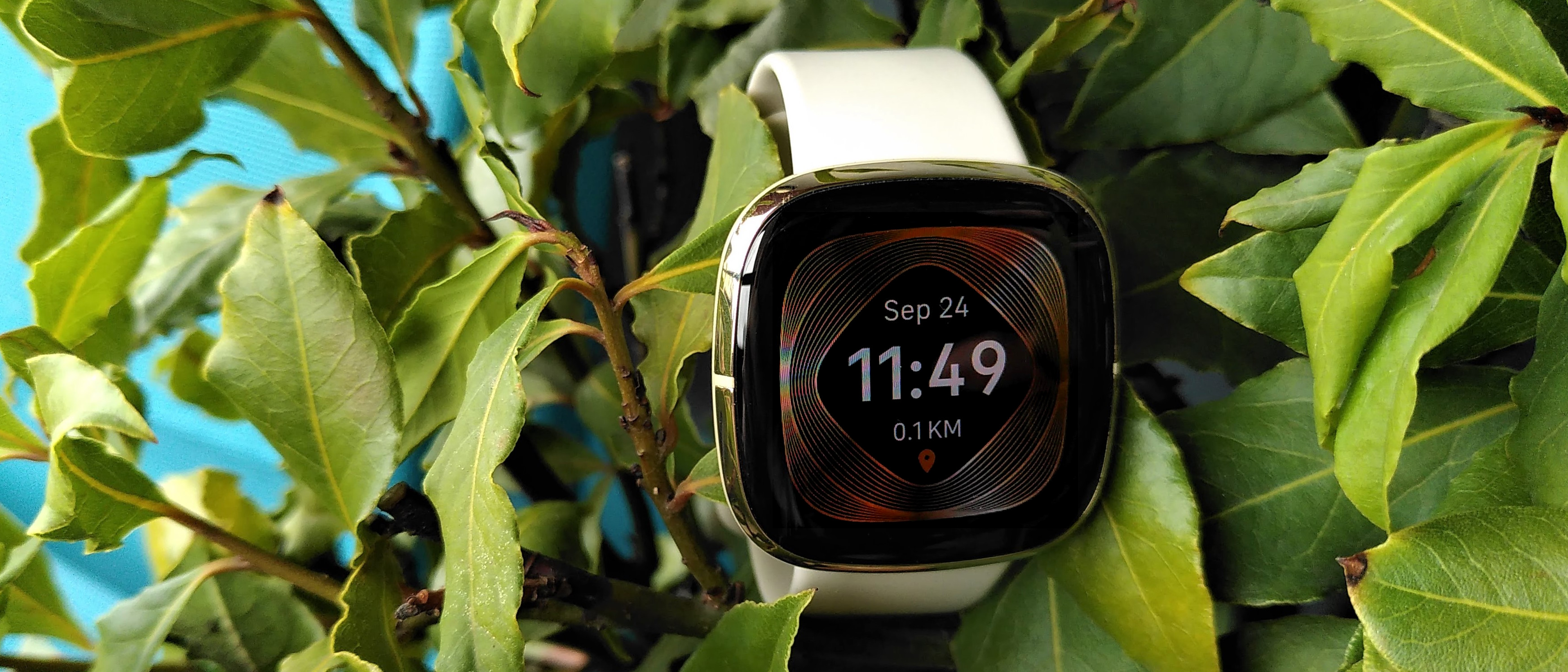
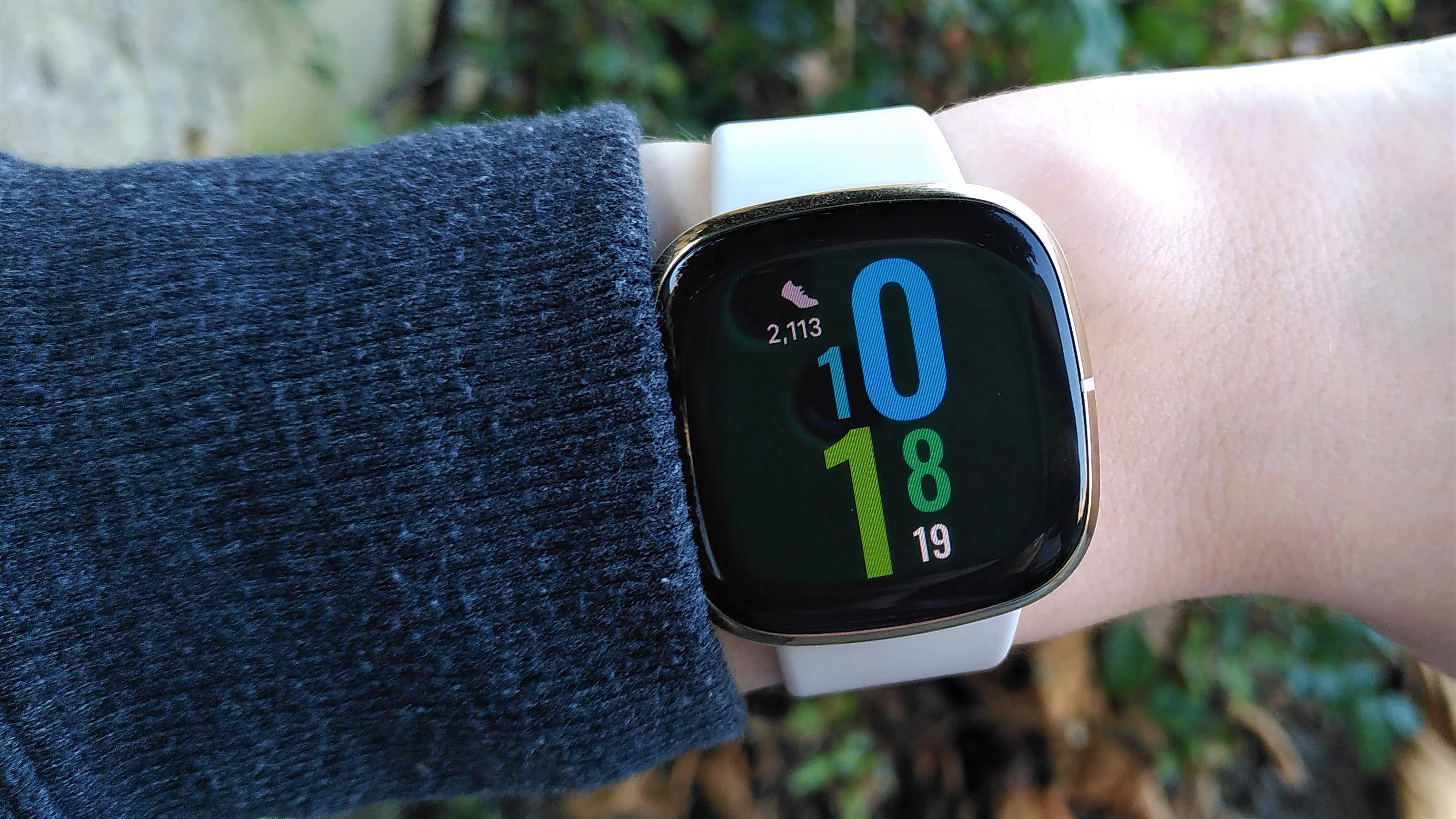
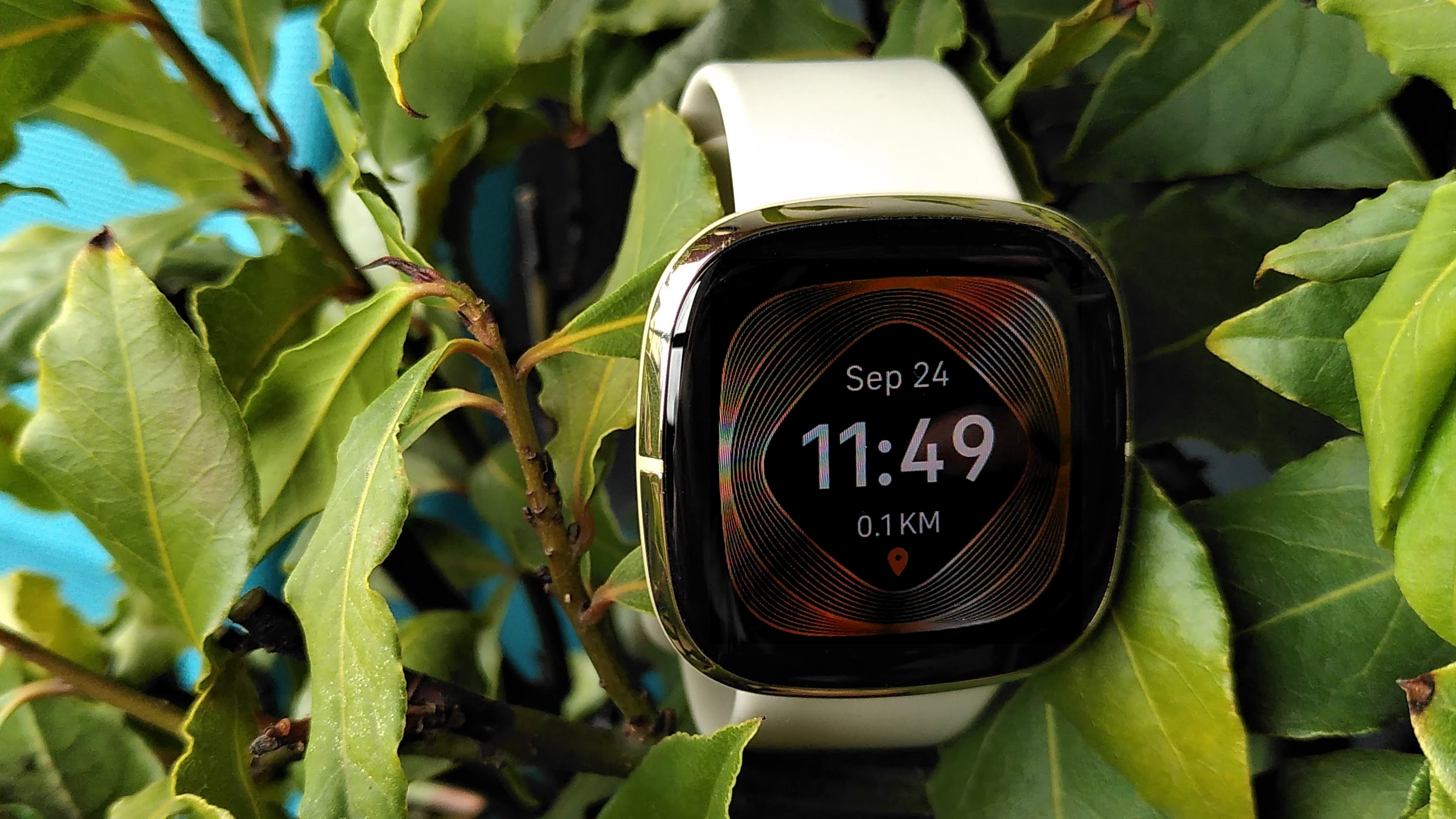
Specifications
Reasons to buy
Reasons to avoid
The Fitbit Sense is a super advanced watch that can track your stress levels by measuring the conductivity of your skin (basically, changes in conductivity are a sign of adrenal activity, which means stress). This data syncs with the Fitbit app, where you can also record your mood and any factors that might have influenced how you feel so you can look for patterns.
The Sense is an excellent sports watch as well, with a huge range of activity-tracking options. You can configure your favorite workouts, so they appear as quick shortcuts when you press the touch-sensitive button on the left-hand side of the Sense's case, and there's on-board GPS to map runs, walks, and bike rides. It's a great-looking watch with an almost identical design to the Fitbit Versa 3. The soft silicone strap makes it extremely comfortable to wear, even at night.
Our only complaint is that the step tracking was a little inconsistent during our testing, recording steps even though we told the device we were taking part in a cycling activity. Otherwise, the Fitbit Sense is a superb watch that's easy to recommend. If you're looking for a device that offers similar features in a more compact package, the Fitbit Charge 5 also includes the same stress-tracking sensor.
Read our full Fitbit Sense review
Best for style
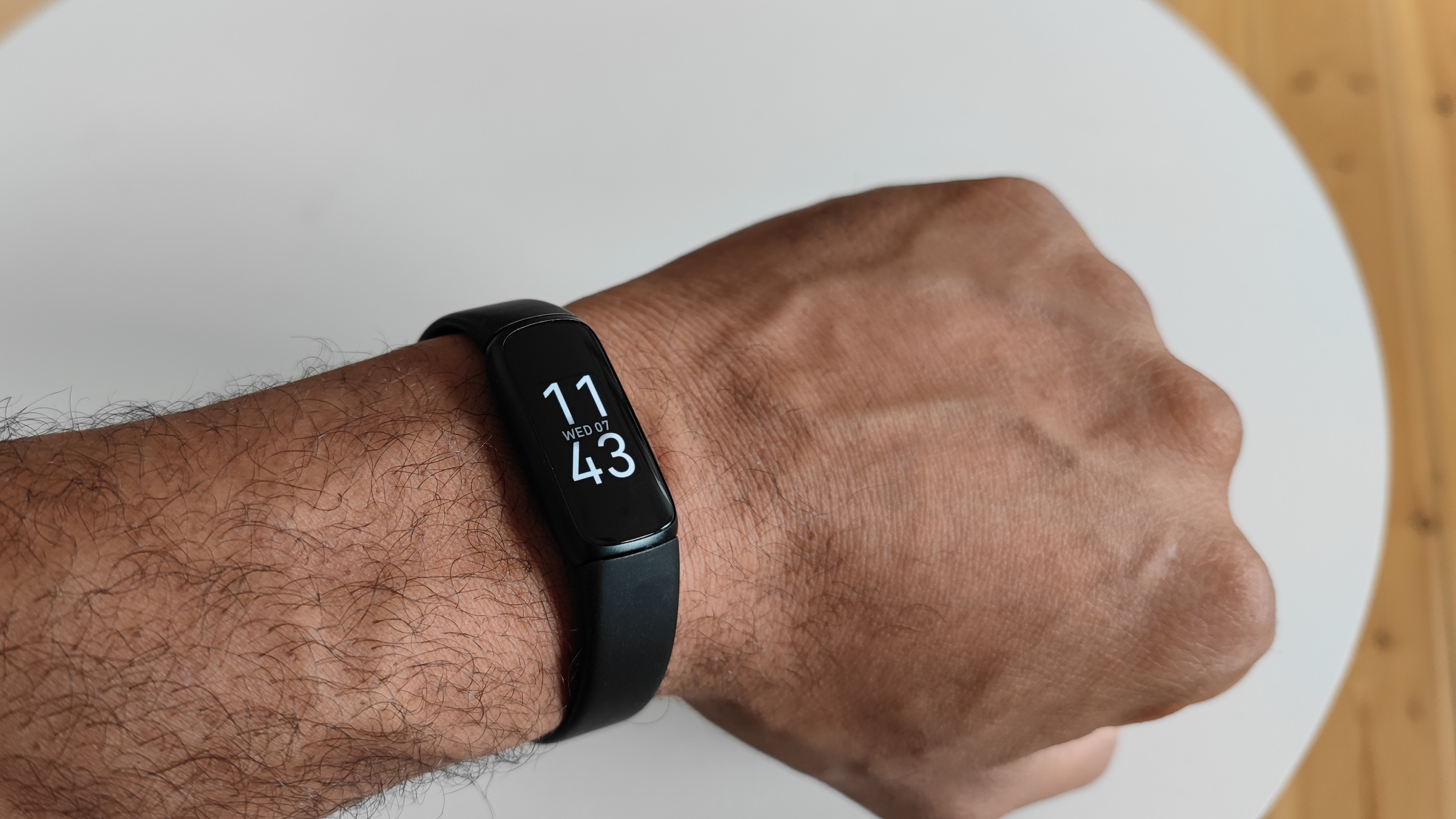
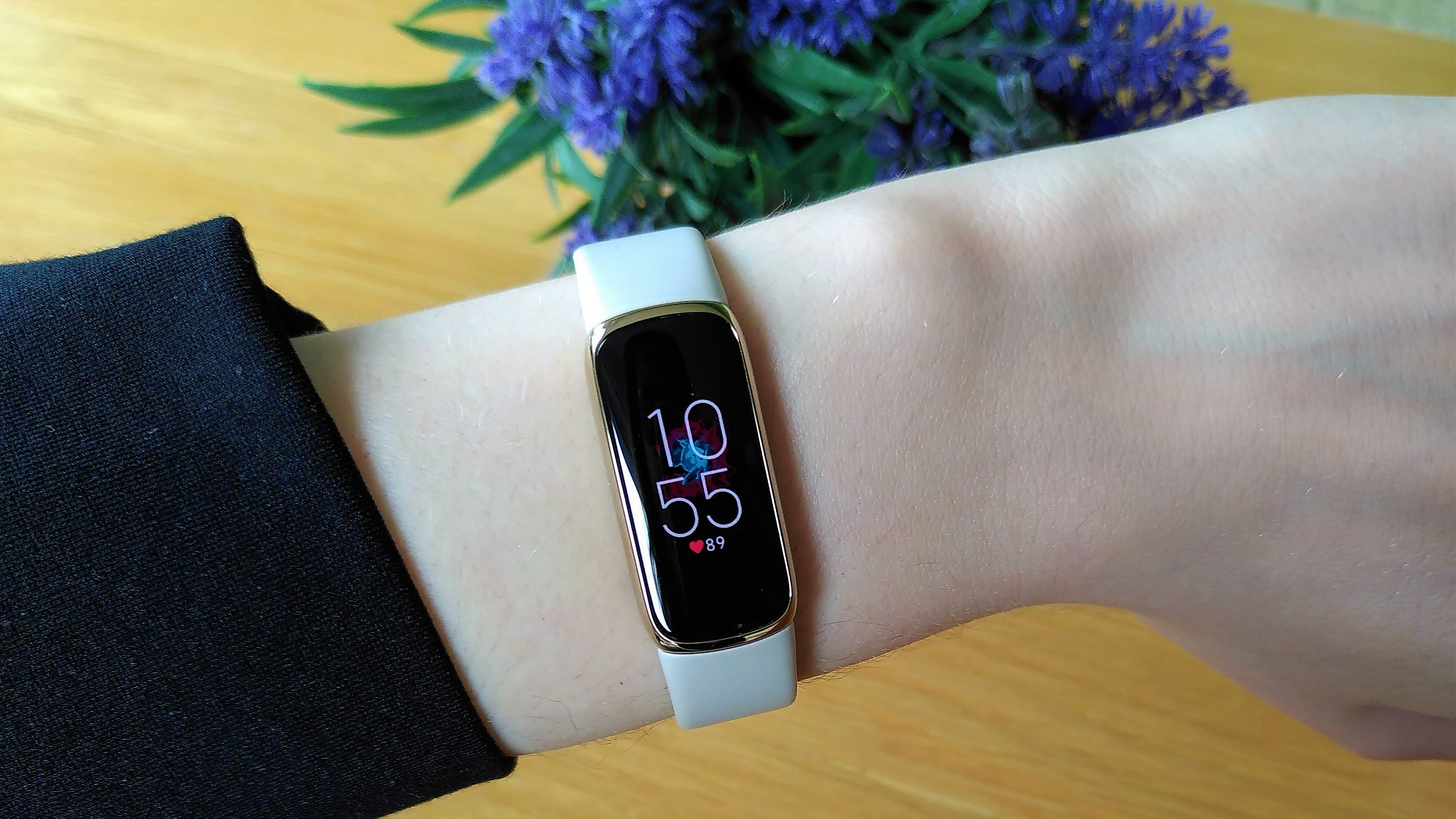
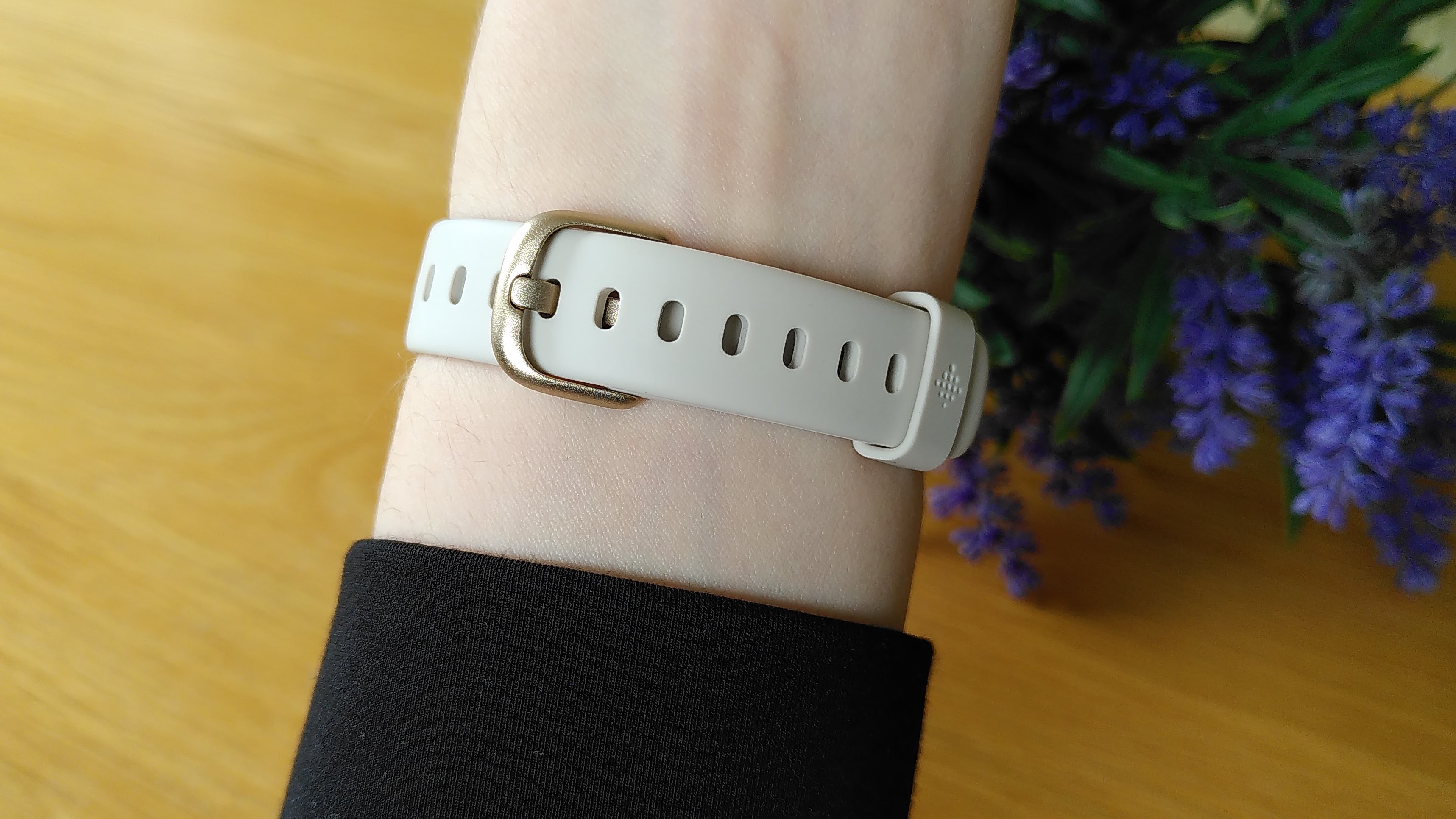
Specifications
Reasons to buy
Reasons to avoid
The Fitbit Luxe is the company's smartest, sleekest fitness tracker to date. It looks great but doesn't sacrifice features for style. It monitors steps, sleep, stress levels, heart rate, respiration, and workouts and also features a blood oxygen saturation sensor.
In our tests, the heart rate tracking was particularly impressive, rivalling that of a high-end running watch for high-intensity gym sessions. All these stats are shown on a super clear and bright AMOLED display (a big upgrade from the monochrome screen of watches like the Fitbit Inspire 2, which shows your daily stats in full color with smooth animations. We were impressed by how much data Fitbit has managed to fit onto such a compact screen, and it's all clearly laid out and easy to navigate.
Plus, we found the touch interface smooth and responsive. The more you wear your Fitbit, the more you'll get from it as it builds up a more complete picture of your health, lifestyle, and habits, and the Luxe is one that you won't want to take off.
Read our full Fitbit Luxe review
Best for sports

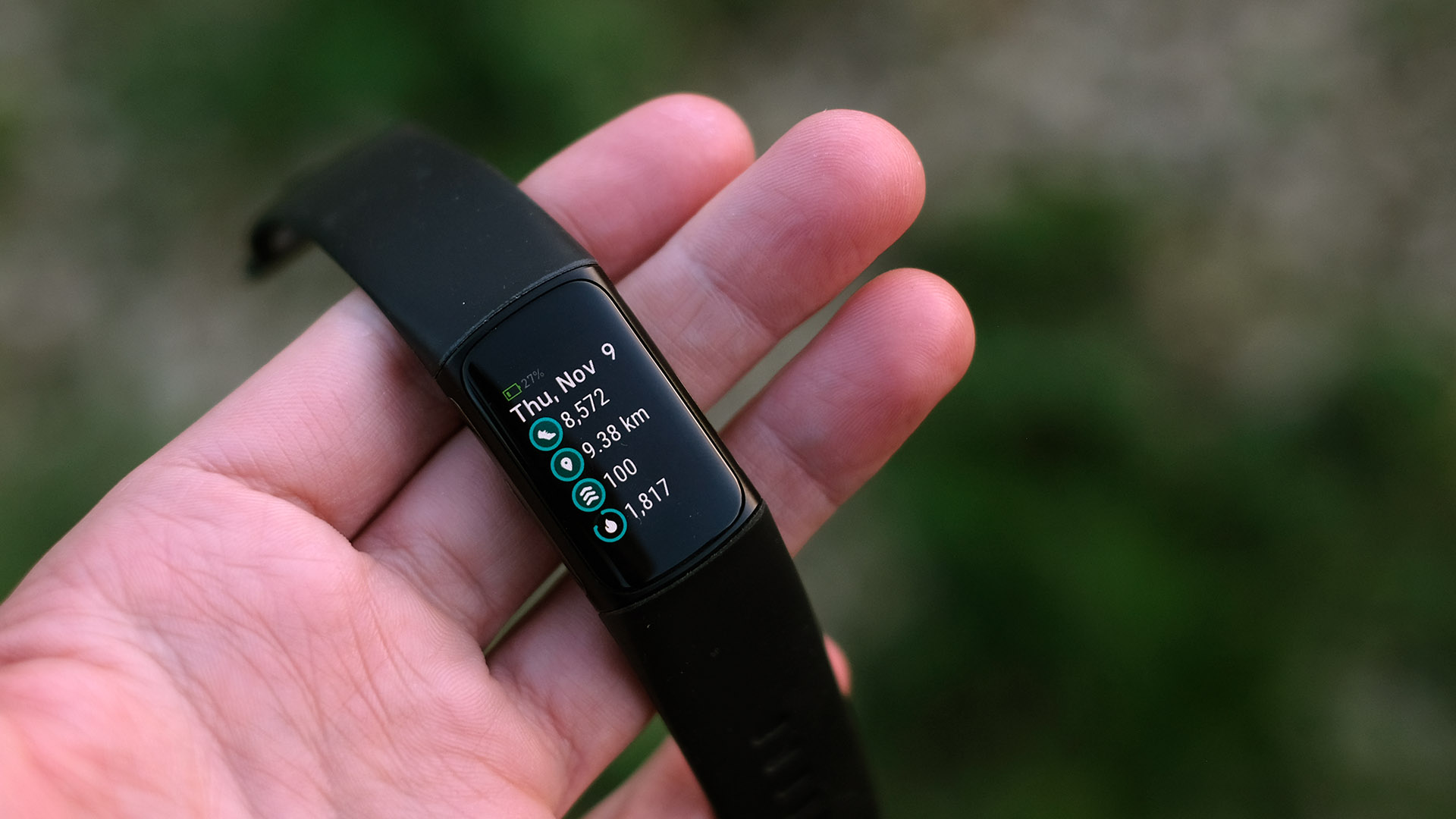
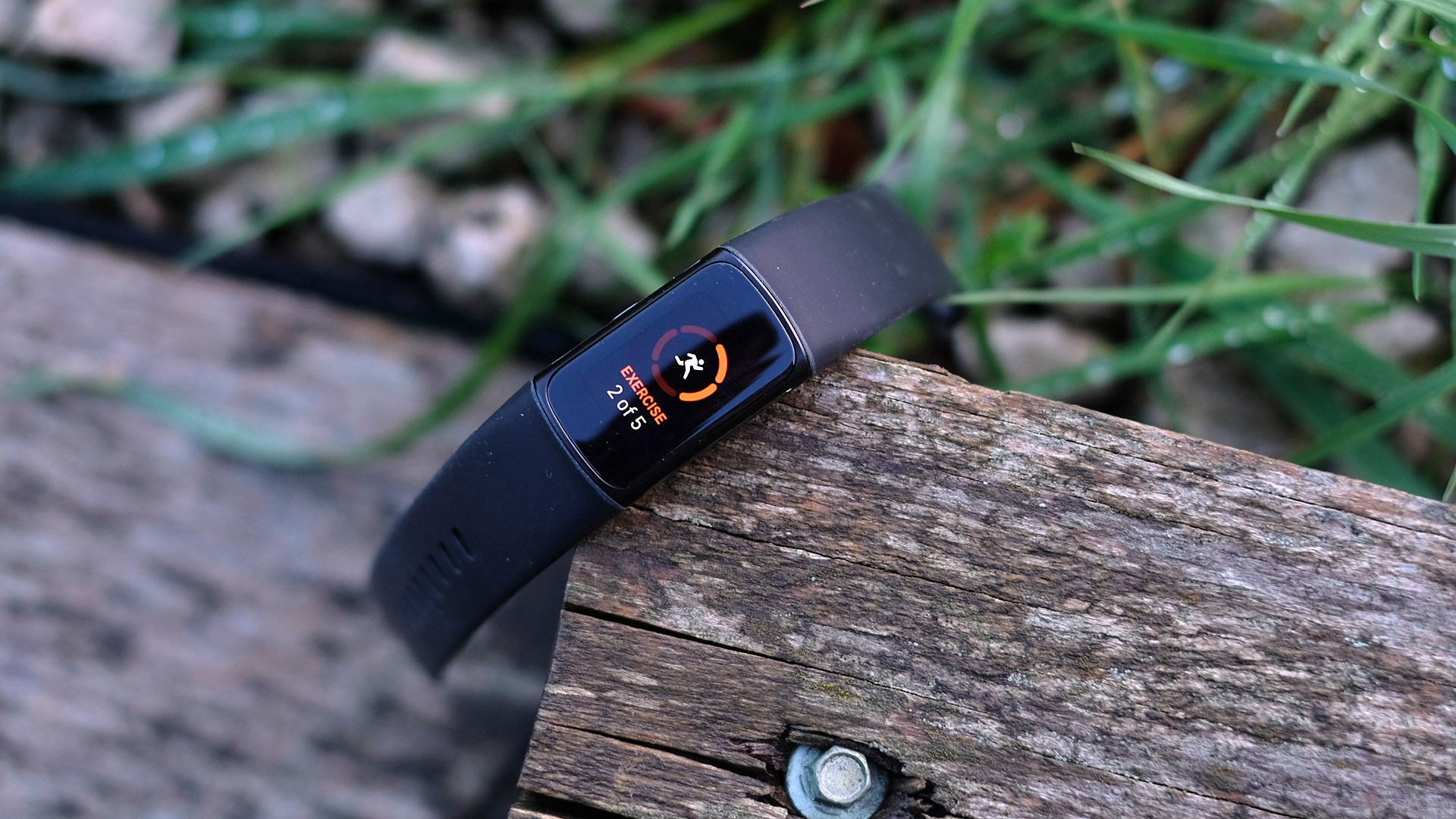
Specifications
Reasons to buy
Reasons to avoid
The Fitbit Charge 6 takes many of the best features from all of the company's other devices and rolls them into one sporty package. You get onboard GPS for tracking runs, walks and bike rides without carrying your phone; an EDA (electrodermal activity) sensor to measure changes in stress levels, an ECG app, and (like the Fitbit Luxe) a bright AMOLED display that makes it a pleasure to use.
An updated HR sensor makes it far more accurate during vigorous exercise like HIIT, and YouTube Music controls have been added. Google Wallet replaces Fitbit Pay.
The Charge 6 is a fitness tracker built for people who are starting to take their workouts seriously but aren't ready to invest in a dedicated running watch or swimming watch. There's a great range of tracking modes (you can select your five favorites for quick access), although heart rate monitoring was found to be accurate enough for an estimation, but not pinpoint.
Unlike the Fitbit Charge 4, the Charge 6 doesn't let you control your Spotify playlist or other music from your wrist, only YouTube Music. It's a slight downgrade from the Charge 5, but still a good choice for a sportier, performance-focused tracker for more advanced athletes.
Read our full Fitbit Charge 6 review
Latest fitness watch
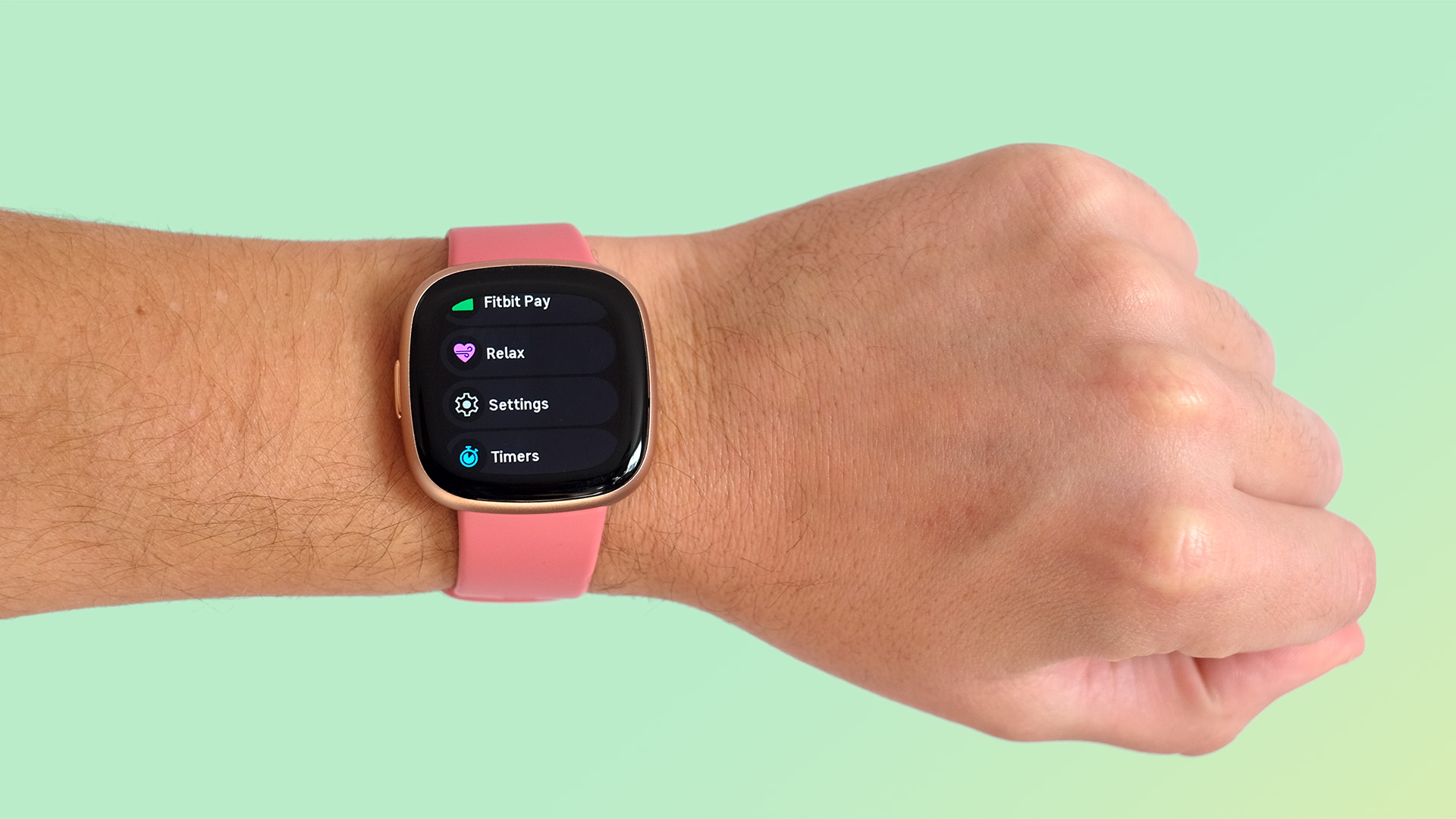
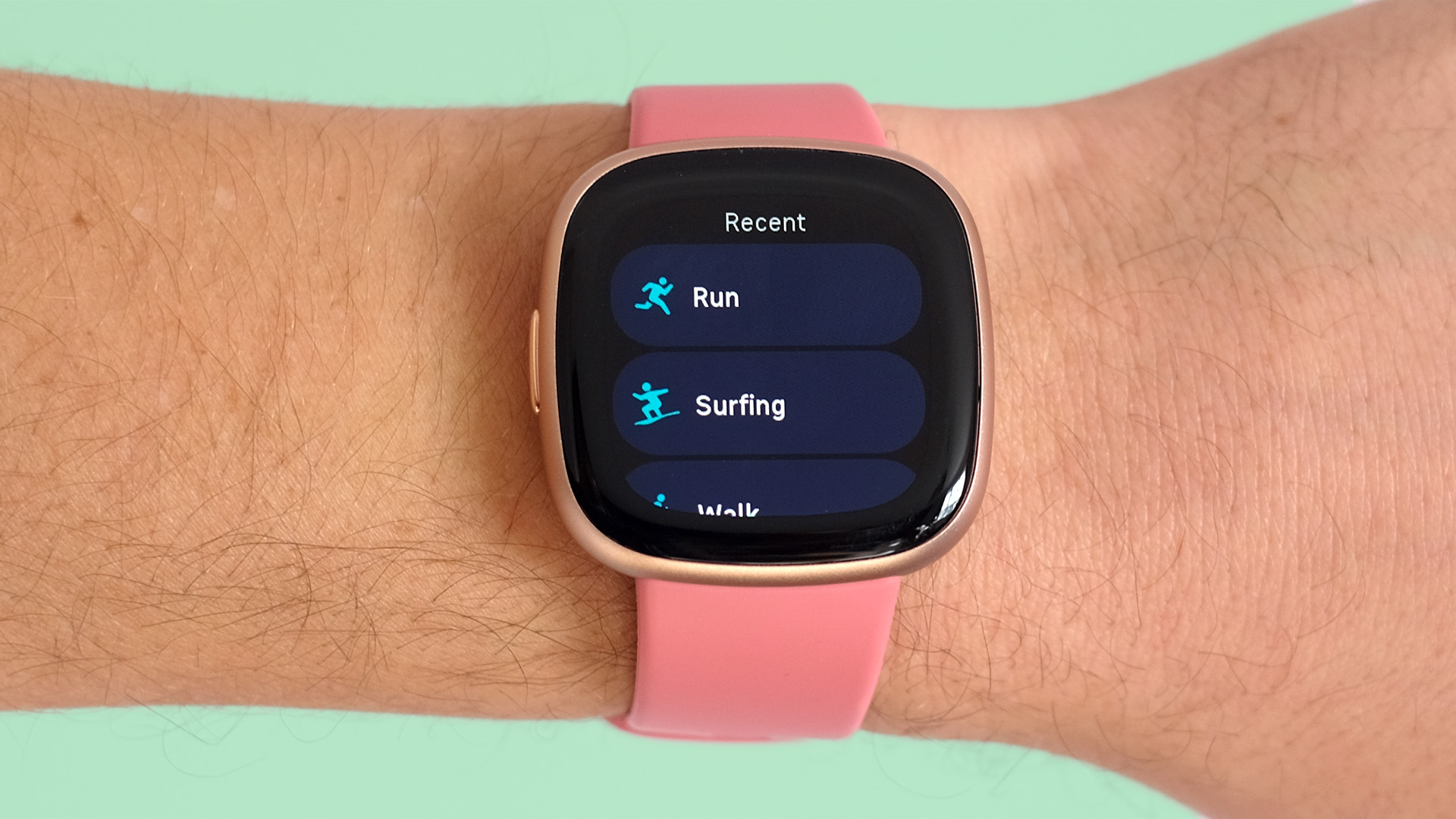
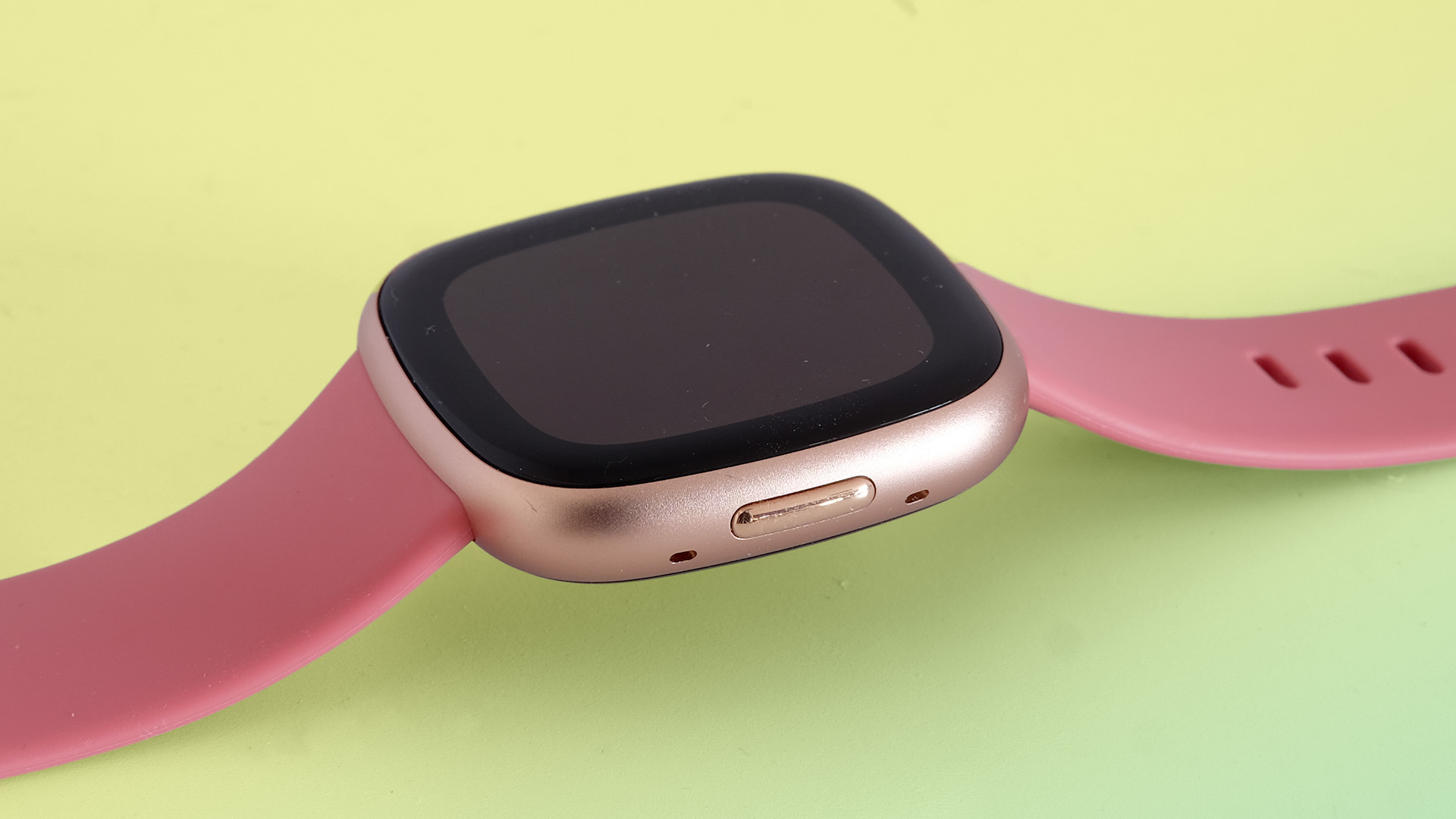
Specifications
Reasons to buy
Reasons to avoid
The 2022 Fitbit Versa 4 is a tweaked version of the Versa 3 that was released in 2022. While it might not have the same potency as rivals like the Apple Watch, it's beginner-friendly and is one of the last Fitbit smartwatch offerings that doesn't sport Google's Wear OS.
Overall, it doesn't quite dazzle as the Versa 3 did, but it will be more futureproof and it maintains many of the impressive features of its predecessor. It's got great battery life and borrows some of the interface layout options of the Pixel Watch to present smart features like notifications in a more pleasant package.
In our review, we praised it for its cute and distinctive design, its excellent OLED screen, and strong water resistance.
During our testing, we found battery life was good for a week of light use, or 2-3 days using the Always On display, just like Fitbit promises.
Read our full Fitbit Versa 4 review
Best Fitbit for kids
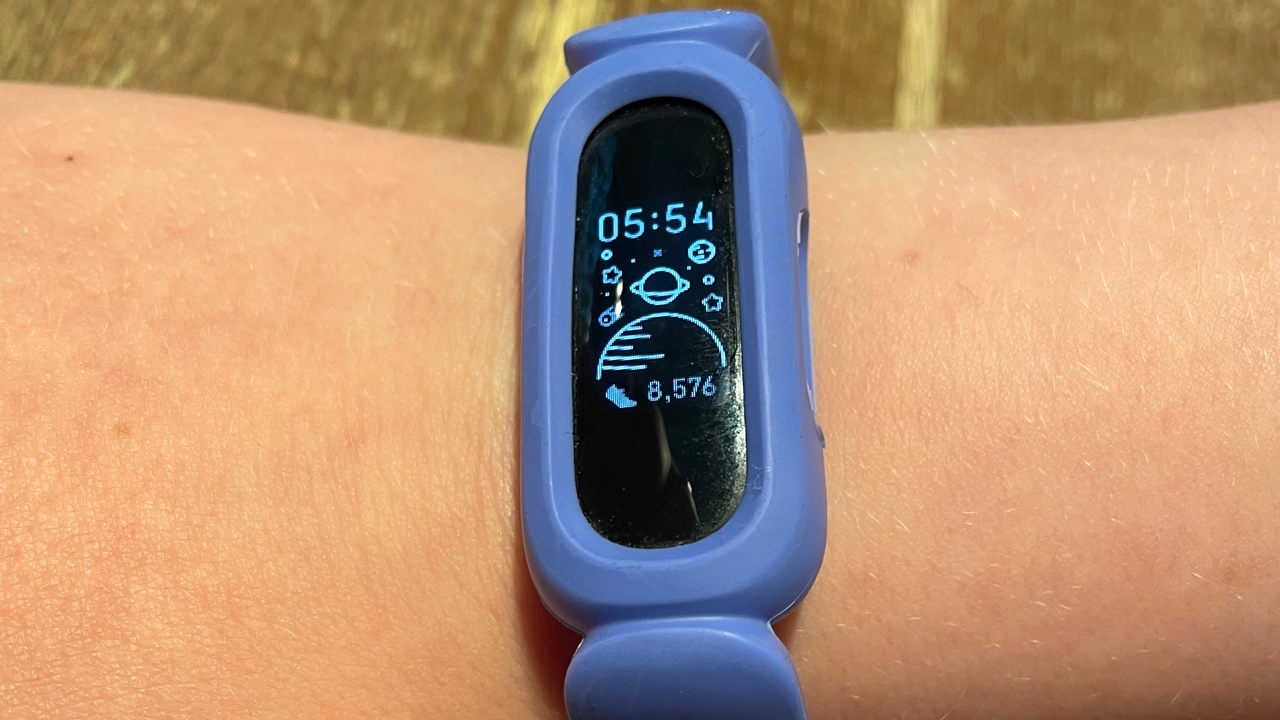
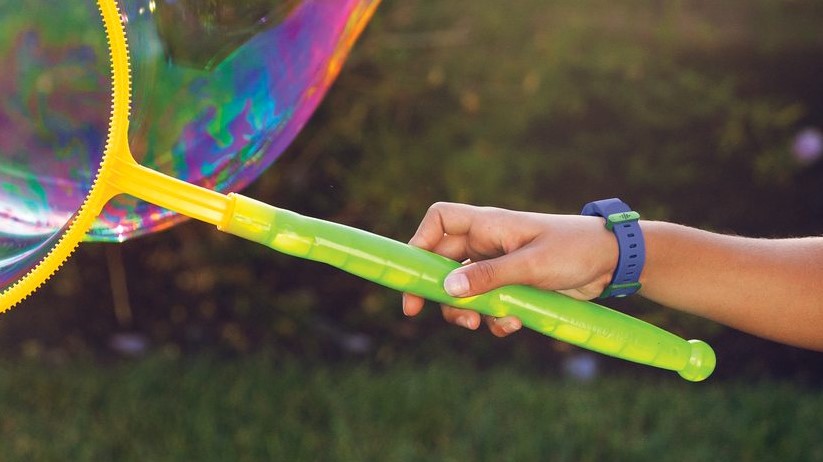
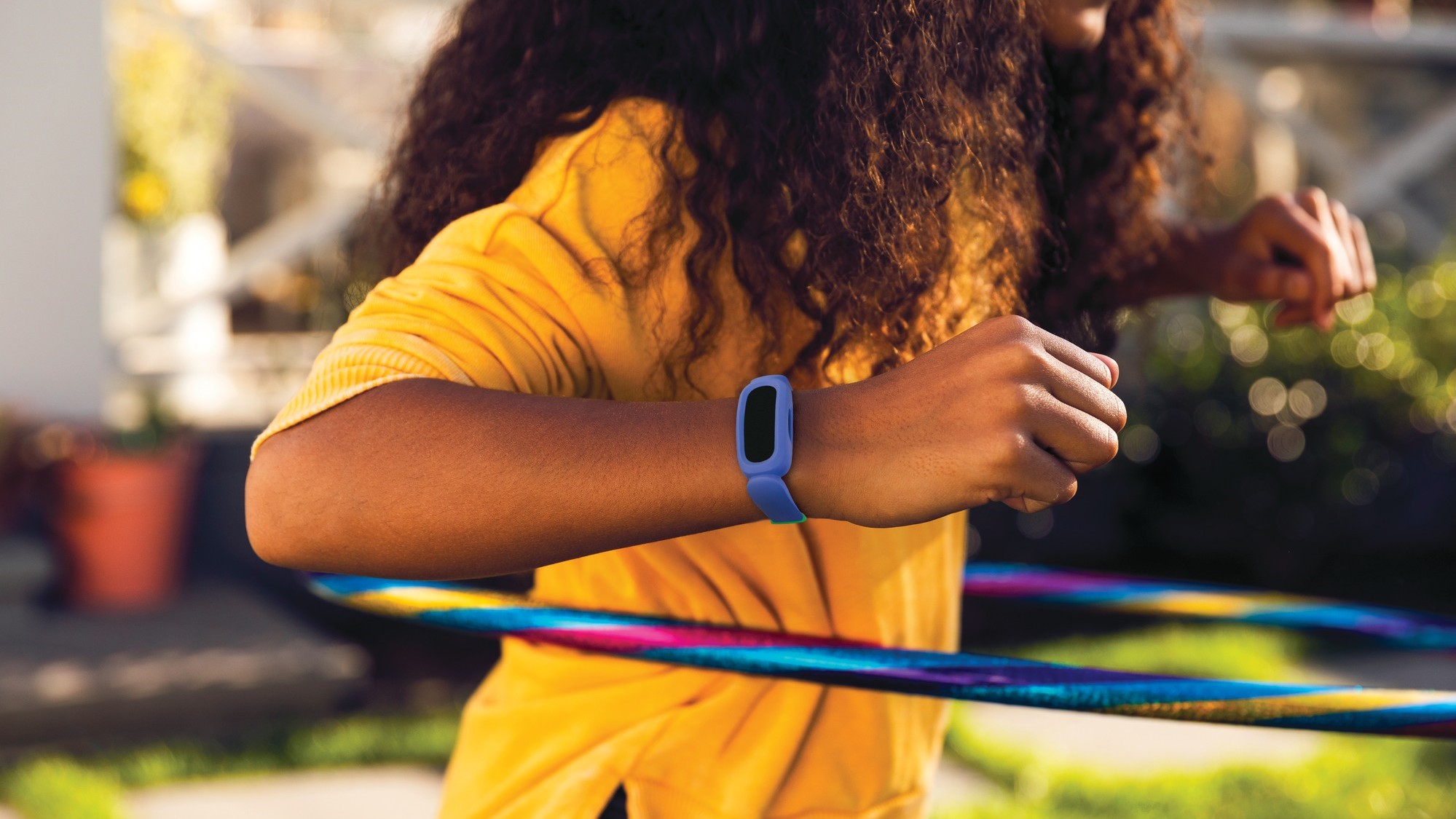
Specifications
Reasons to buy
Reasons to avoid
The Fitbit Ace 3 is made just for kids and encourages them to get more active. It tracks steps, plus fun activities like trampolining and school sports, with achievements to keep them engaged. There is a more recent Fitbit Ace LTE in the US, but given its lack of global availability, the Ace 3 remains our kids pick here. It's better value, and more widely available.
There's no all-day heart rate monitor (which makes sense since kids' resting heart rate changes as they grow) and no calorie counting or GPS. However, if your kid has their own phone, they can use the Ace 3 to receive app notifications. The Ace 3 is designed for kids aged 6-13, and unlike some children's smartwatches, there are designs that aren't adorned with cartoon characters, which means it's not embarrassing as they get older (though there's a special Minions edition if they'd prefer).
In our tests, we were also pleased to find its band didn't irritate sensitive skin, which is an important factor when kids are going to be wearing it all day. We also appreciated the way the case protects the screen from damage; essential when kids are active.
Read our full Fitbit Ace 3 review
How to choose the best Fitbit for you
Fitbit has several different models of smartwatches and fitness trackers, so the first thing you should figure out is if you want a simple fitness tracker for your activities and workouts or if you want a full-fledged watch with smart, fitness and health features.
Also consider the features you need. Many of its fitness trackers, for example, do not have GPS built-in. So, if you want something that can track your runs or hikes, you should go for one with GPS. On the other hand, if you need an ECG to monitor your heart, choose one with that feature included.
Of course, the price is also a factor, but the brilliance of Fitbit's products is that they are among the most affordable out there. Most of them are much more affordable than Apple's cheapest smartwatch, which means that unless you're on a very tight budget, you should have a few options available to you. Other important considerations are the design and ease of use.
How we test Fitbits
We put all Fitbit devices to the test in real-world conditions so you know exactly what to expect when making your choice. That way, we can tell you exactly how each one feels to use, how well they perform, and the data you can expect to receive each day. So, who better to help you find the best wrist-mounted fitness devices the brand has to offer on the market.
We wear each Fitbit day and night to obtain a full set of data and monitor how long the battery lasts in typical use on a full charge. We put each Fitbit to the test during a variety of indoor and outdoor workouts, comparing its heart rate and GPS measurements to those gathered by a high-end sports watch, and comparing the nightly sleep stats to those collected by a dedicated sleep tracker.
Finally we compare each watch to the model that preceded it, and others in Fitbit's current line to help you make the best decision.
FAQs
What is the best Fitbit watch for seniors?
Thanks to its premium health monitoring features, the Fitbit Sense gets our vote as the best Fitbit for seniors. This smartwatch comes with all the features of the Versa 3 and packs a few more that seniors will find very useful, including an ECG and skin temperature sensors.
Are Fitbits waterproof?
Yes, all Fitbit devices are water resistant to 50 meters, making them suitable for swimming, showering, bathing and handwashing. If you swim in the sea, make sure you rinse your Fitbit off well afterwards, as salt could damage the case and strap.
Do Fitbits work with iPhones?
Yes, Fitbits work with both iPhones and Android phones. Just download the Fitbit app from the App Store or Google Play, and your watch will connect to your phone without a hitch.
Do Fitbits track blood pressure?
No, but in April 2021 Fitbit began a study to investigate whether pulse arrival time (how long it takes for a pulse of blood to reach your wrist after a heartbeat) could be used to estimate blood pressure, so it may be a feature that we see in the future.
Which is better: Fitbit or Garmin?
We love Fitbit's simple approach and friendly UX, and there's a surprising wealth of detail in the metrics when you dive in. It's great for beginners, fitness fans and casual regular exercisers alike. However, Garmin's better for serious endurance athletes, with sophisticated GPS/route tools and more in-depth information. (Here's our pick of the best Garmin watches.)
Should you buy a Fitbit?
A Fitbit is a worthwhile investment if you want a slight more unintrusive fitness tracker without all the distractions (and the cost) of a smartwatch. They're great for helping you keep tabs on your overall health and fitness, but aren't as intense as the best smartwatches on the market. Fitbits are a great option if you're on a budget, and they also make excellent gifts or choices for kids, as well as more senior users. There are other good options out there, but Fitbit is a trusted brand with longevity, decent support, and the backing of Google.
Sign up for breaking news, reviews, opinion, top tech deals, and more.

Matt is TechRadar's expert on all things fitness, wellness and wearable tech.
A former staffer at Men's Health, he holds a Master's Degree in journalism from Cardiff and has written for brands like Runner's World, Women's Health, Men's Fitness, LiveScience and Fit&Well on everything fitness tech, exercise, nutrition and mental wellbeing.
Matt's a keen runner, ex-kickboxer, not averse to the odd yoga flow, and insists everyone should stretch every morning. When he’s not training or writing about health and fitness, he can be found reading doorstop-thick fantasy books with lots of fictional maps in them.